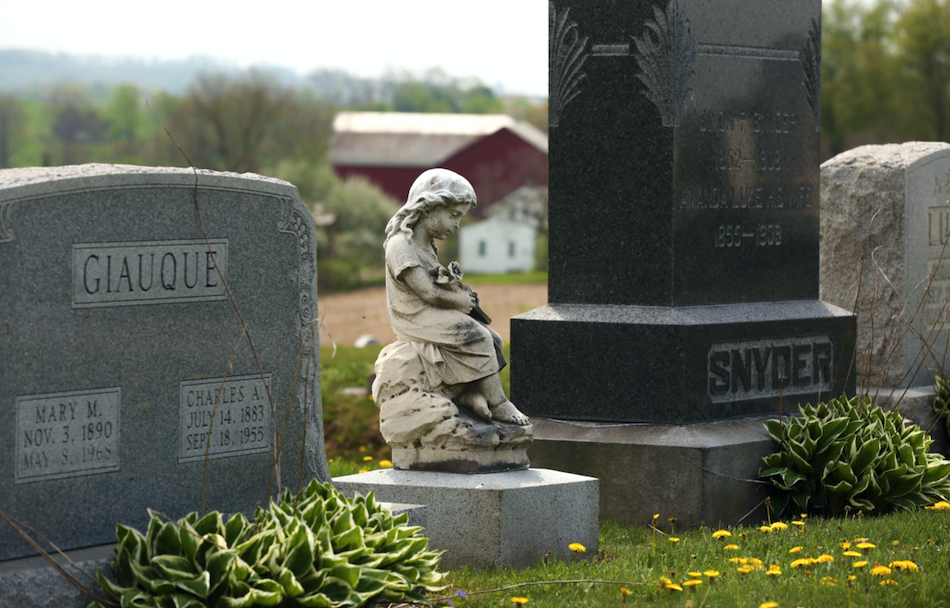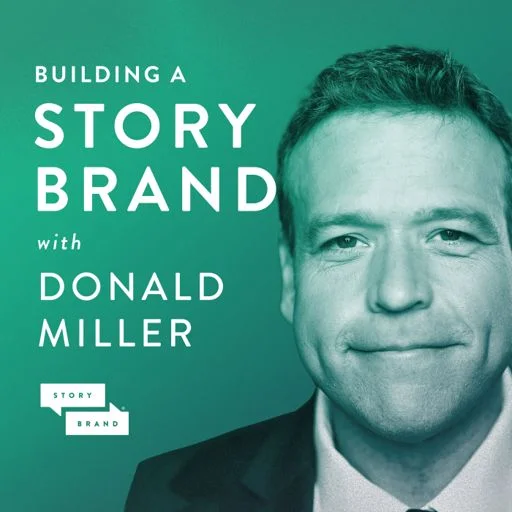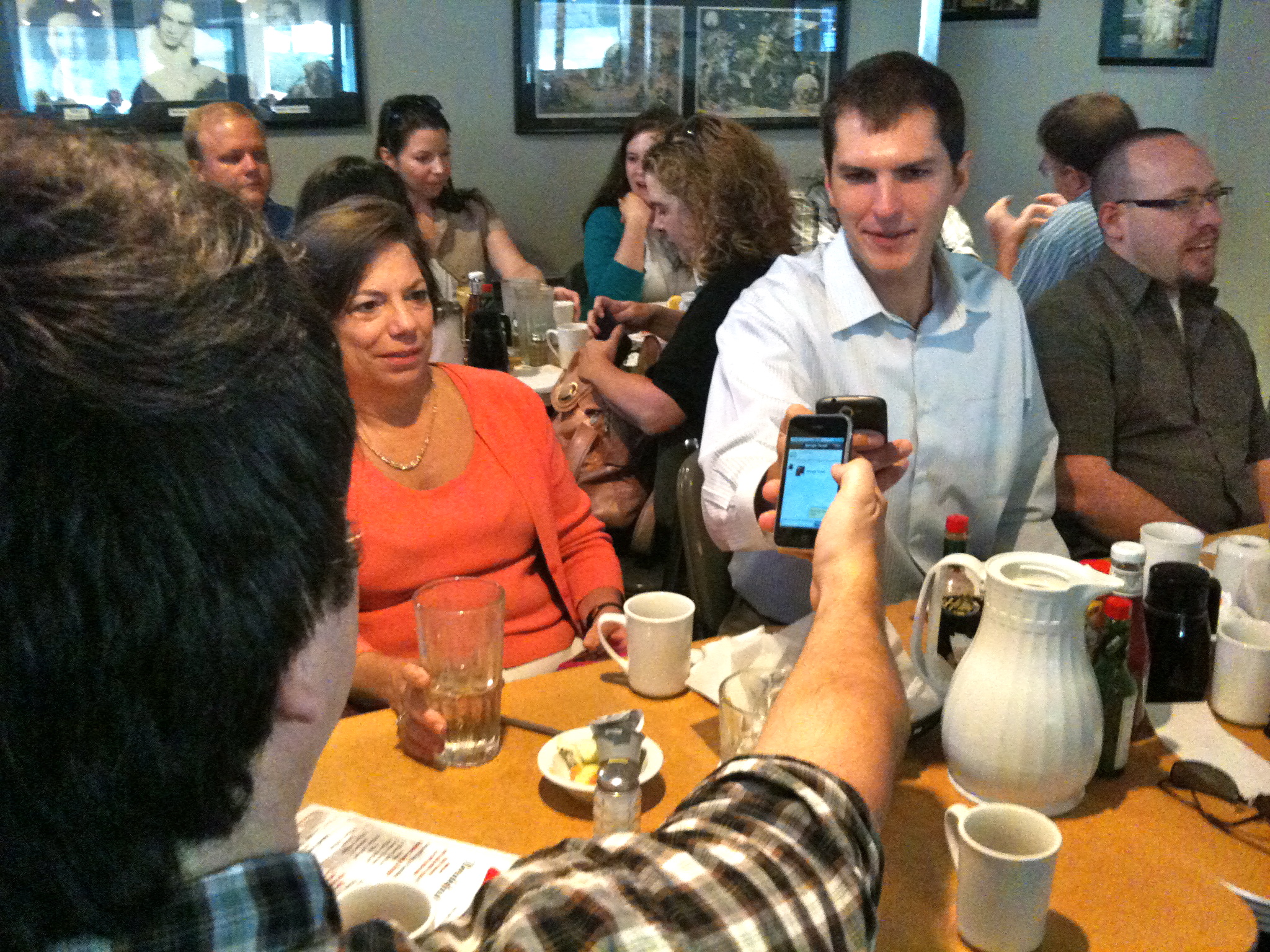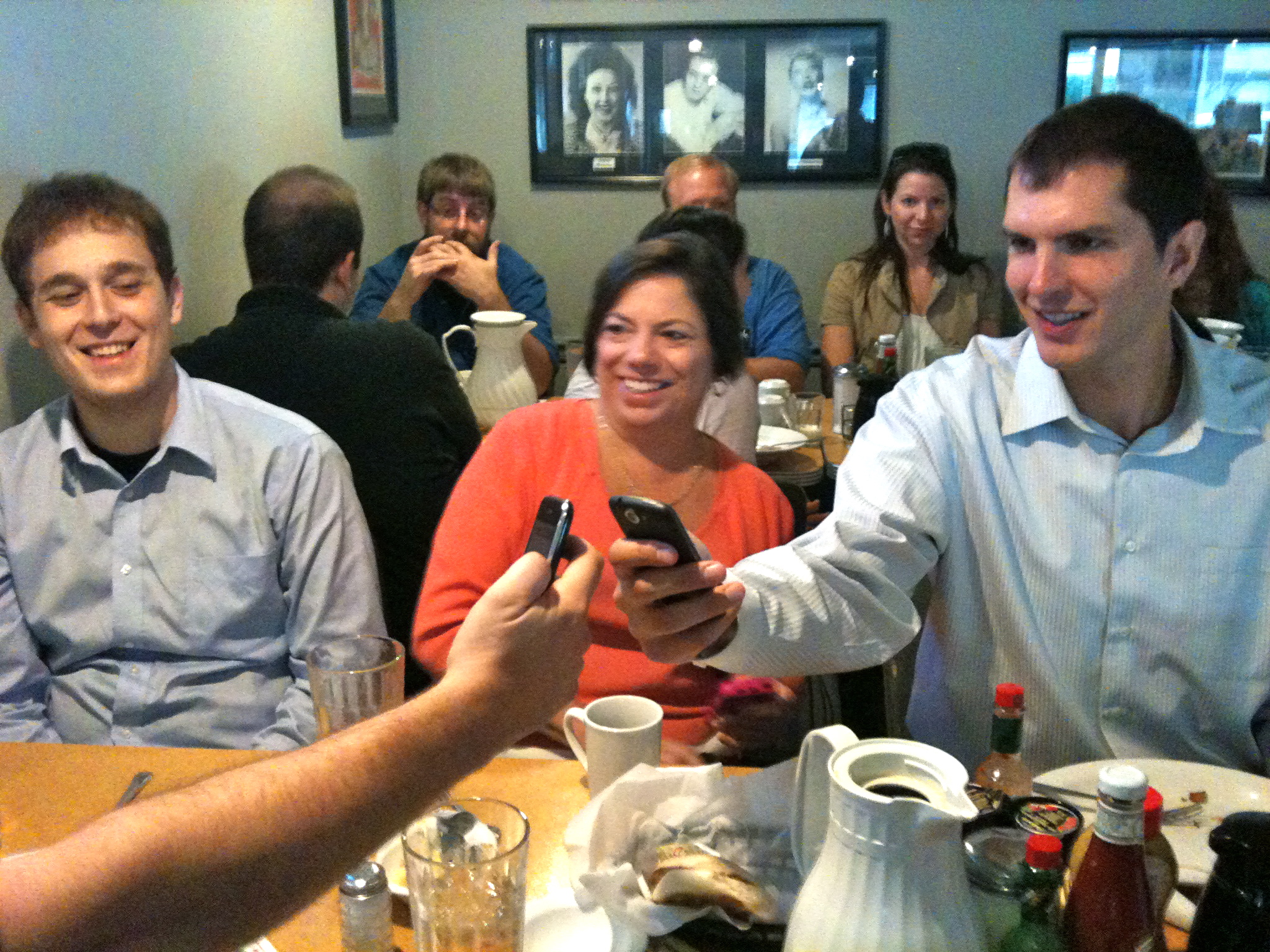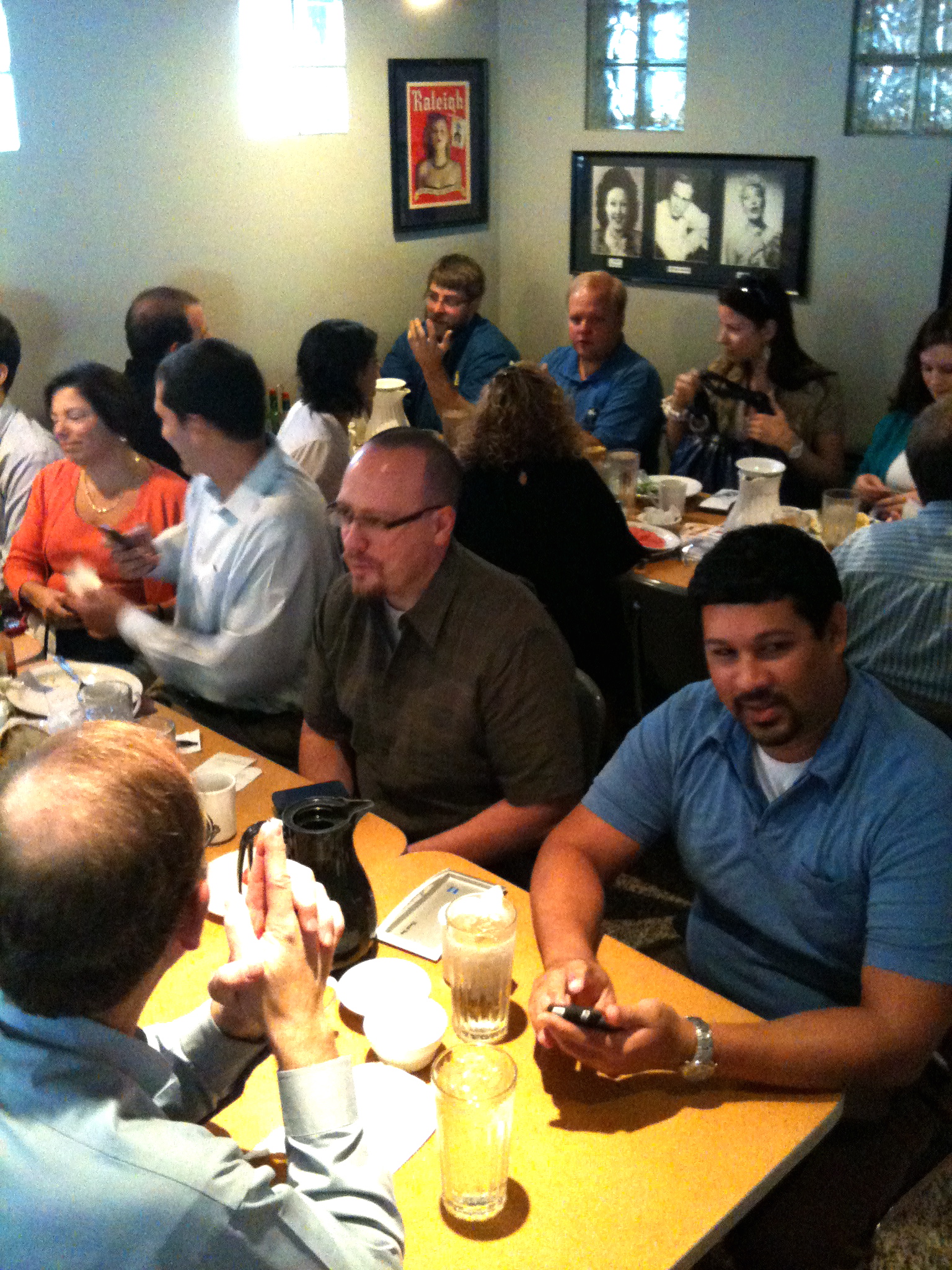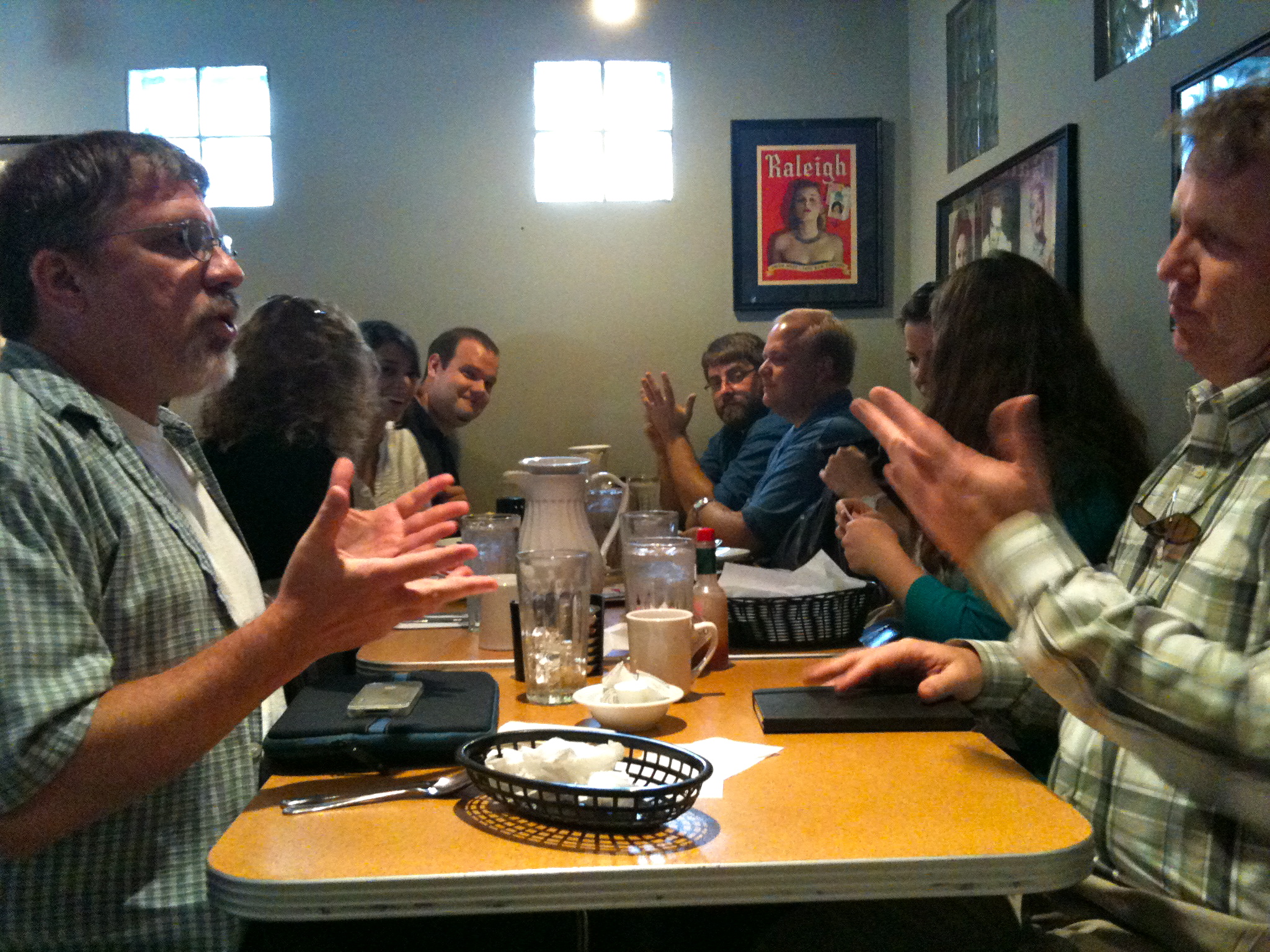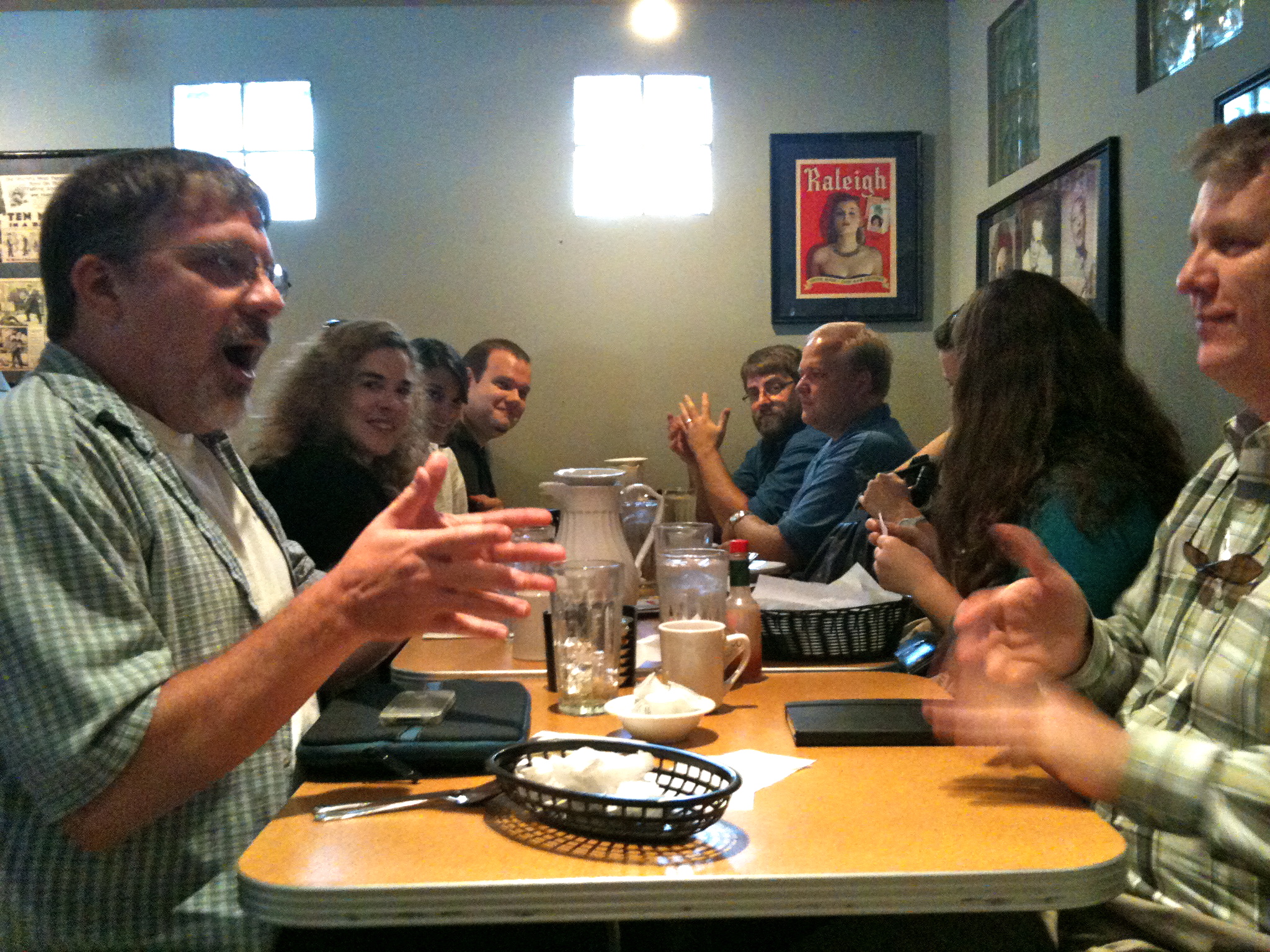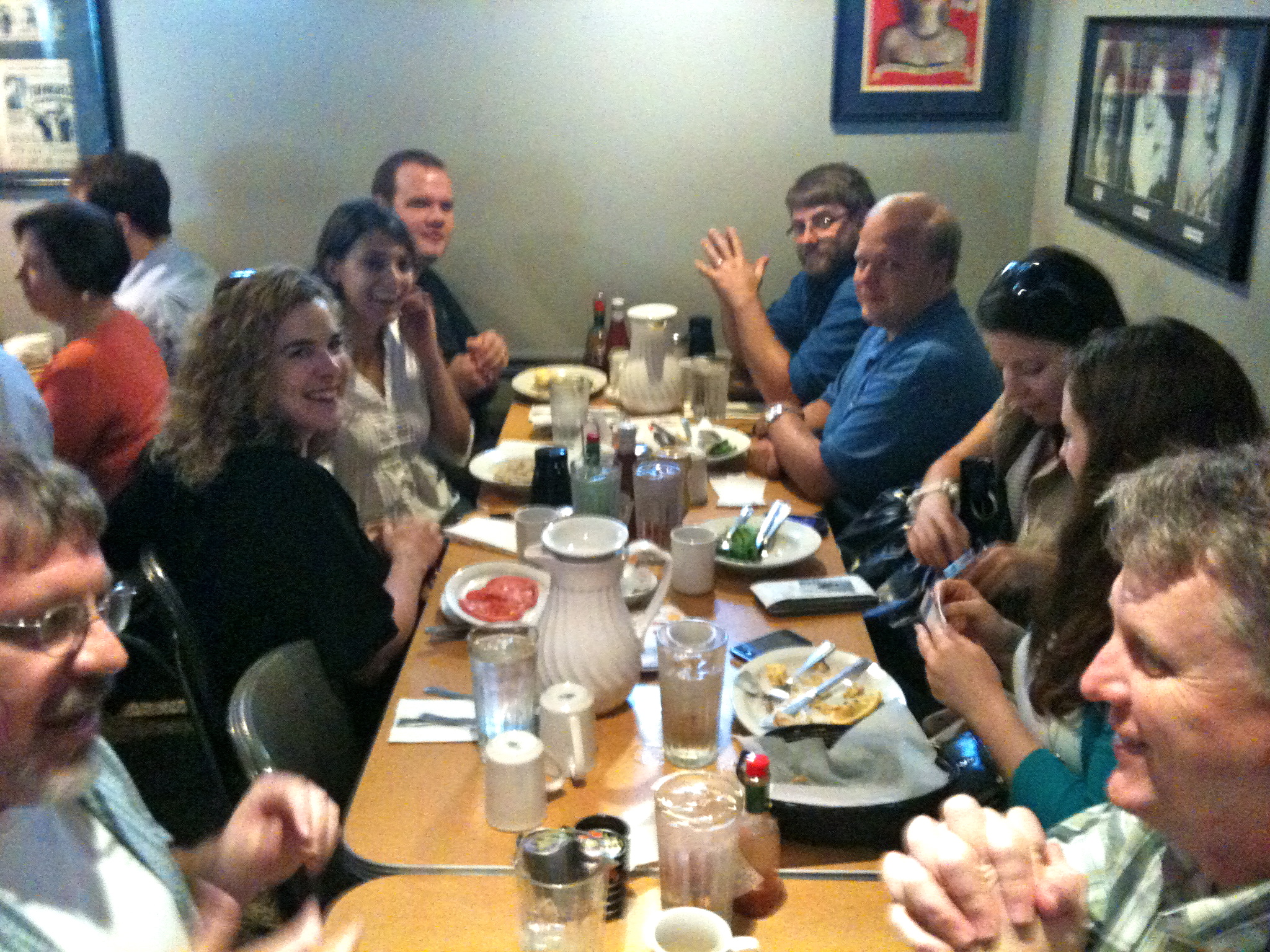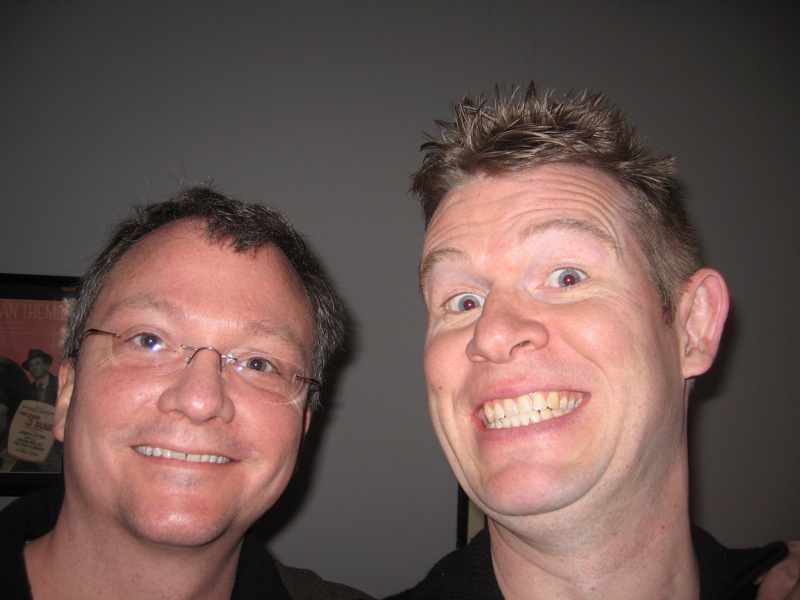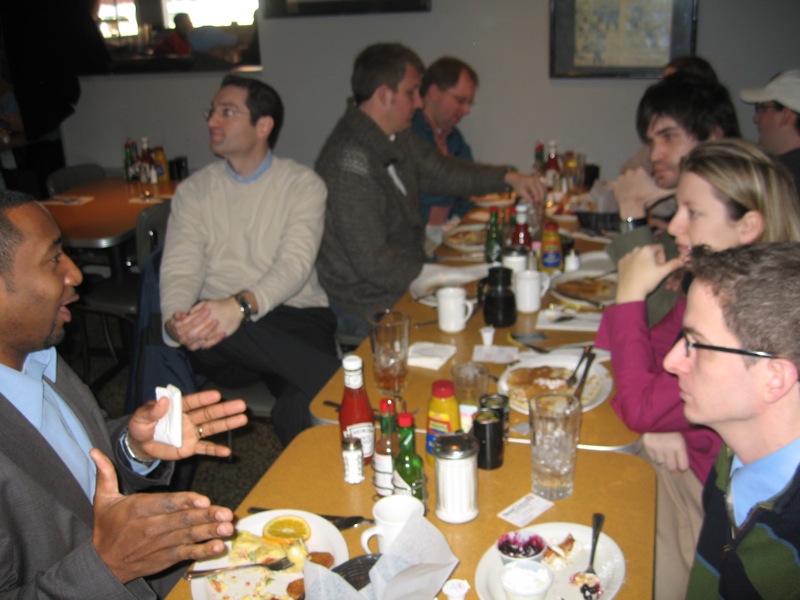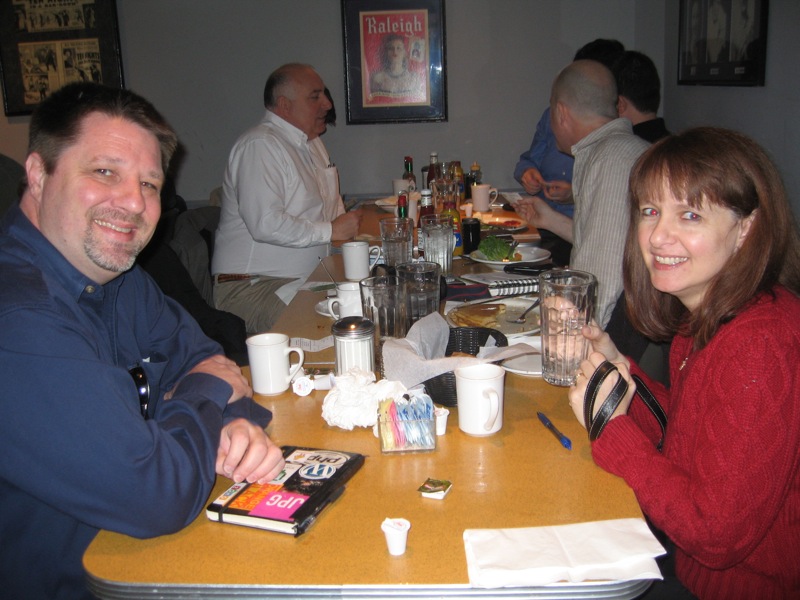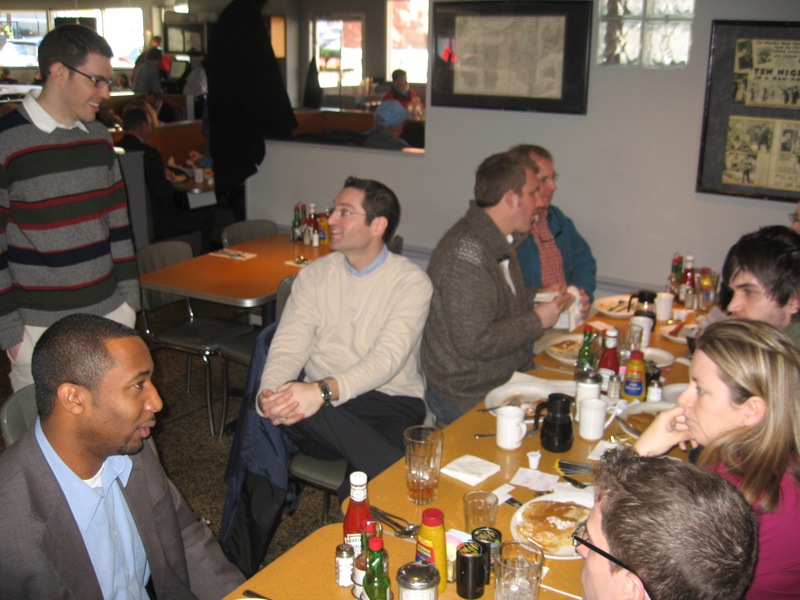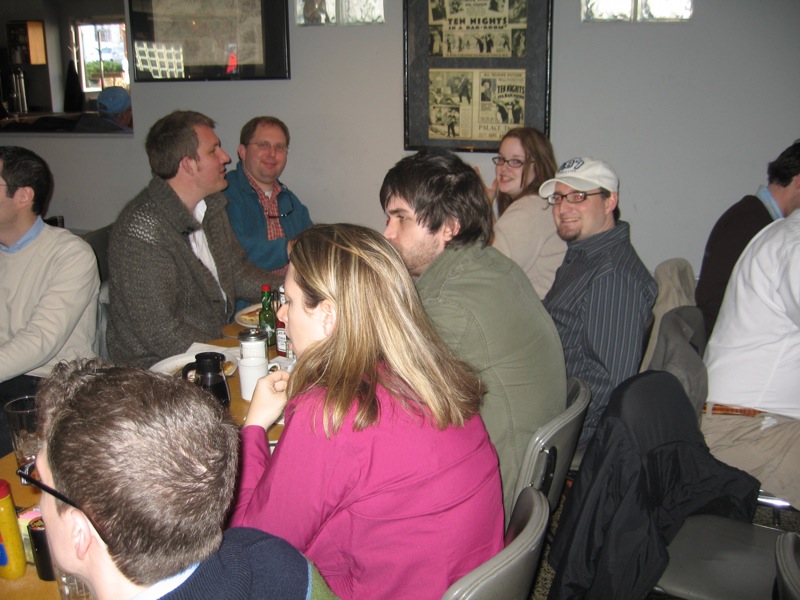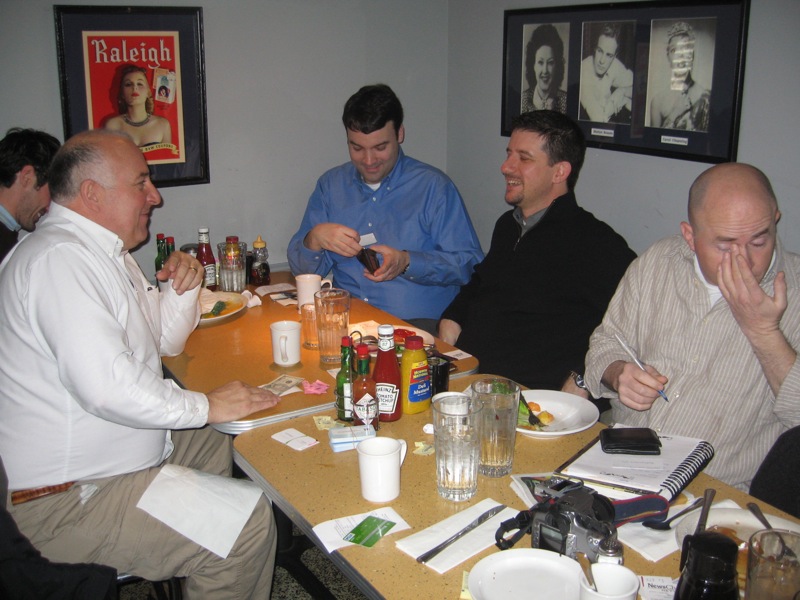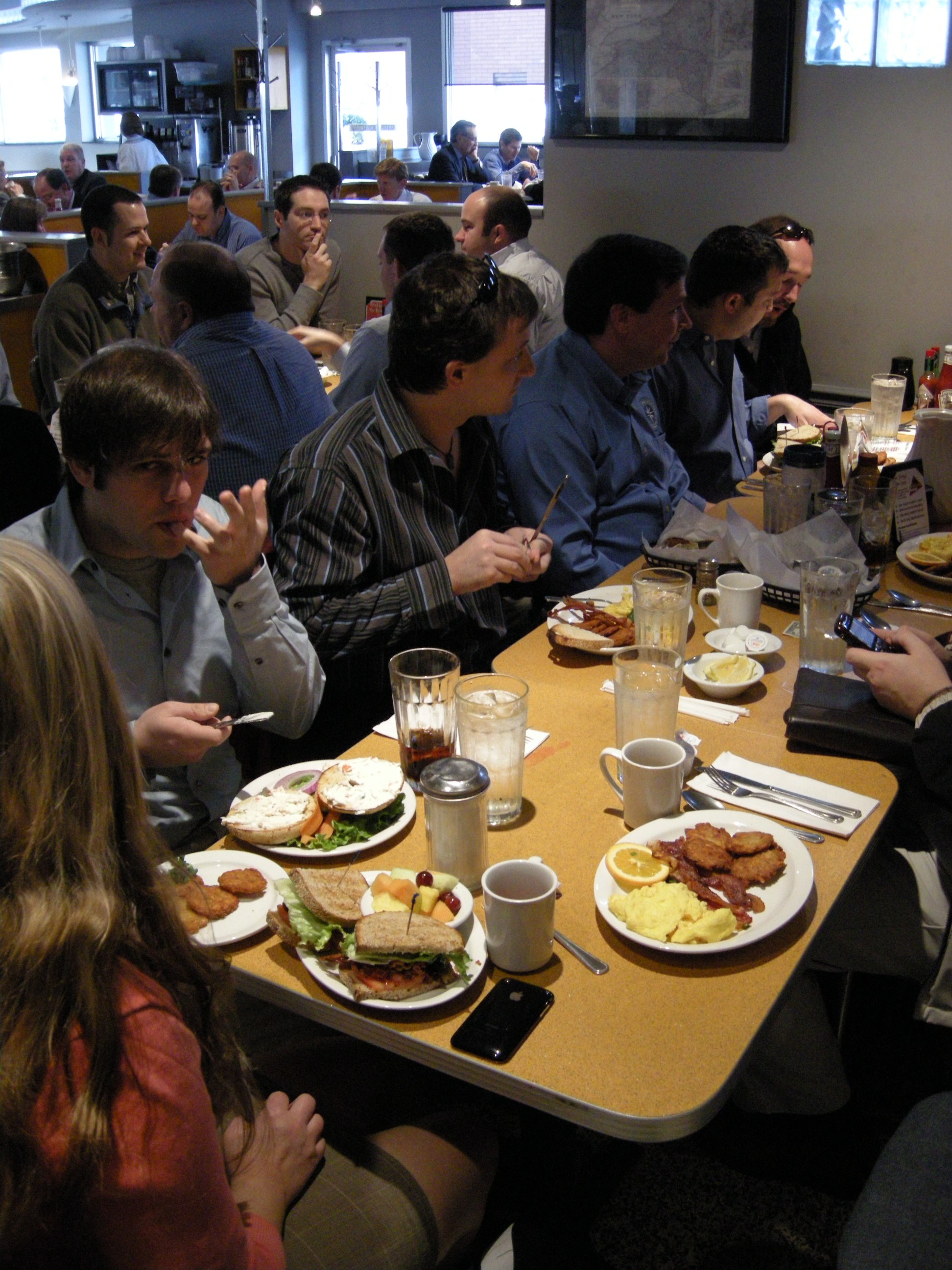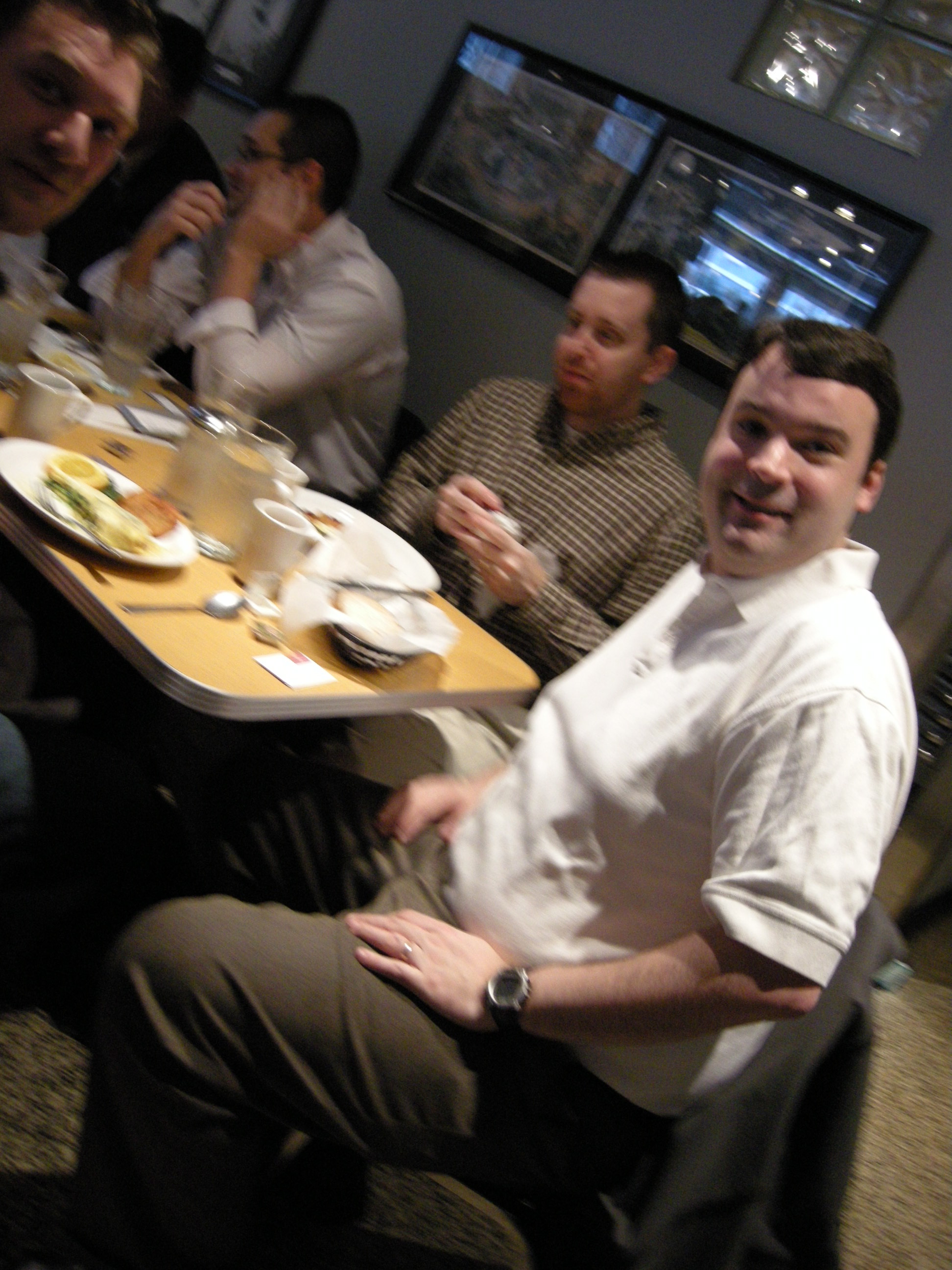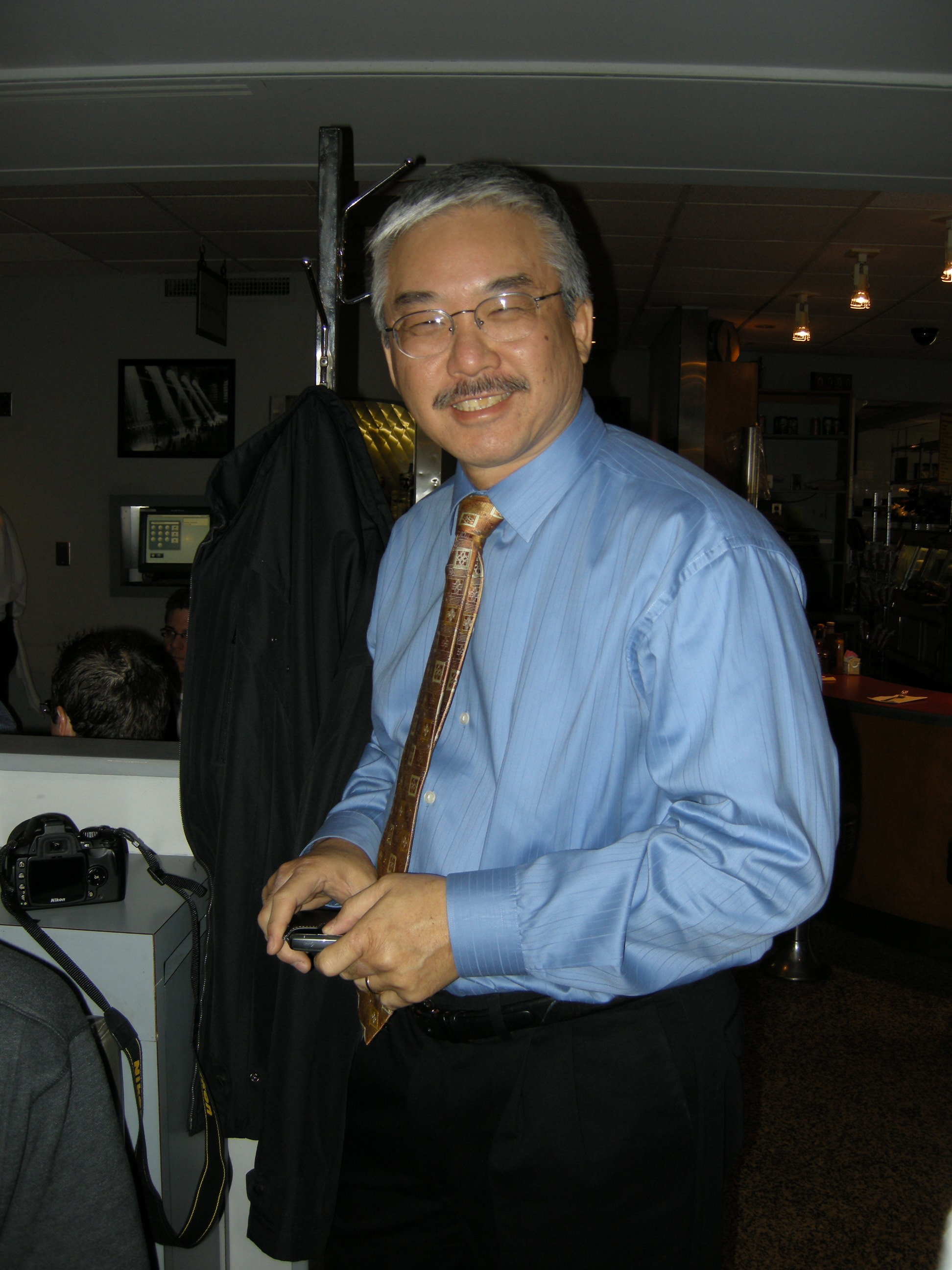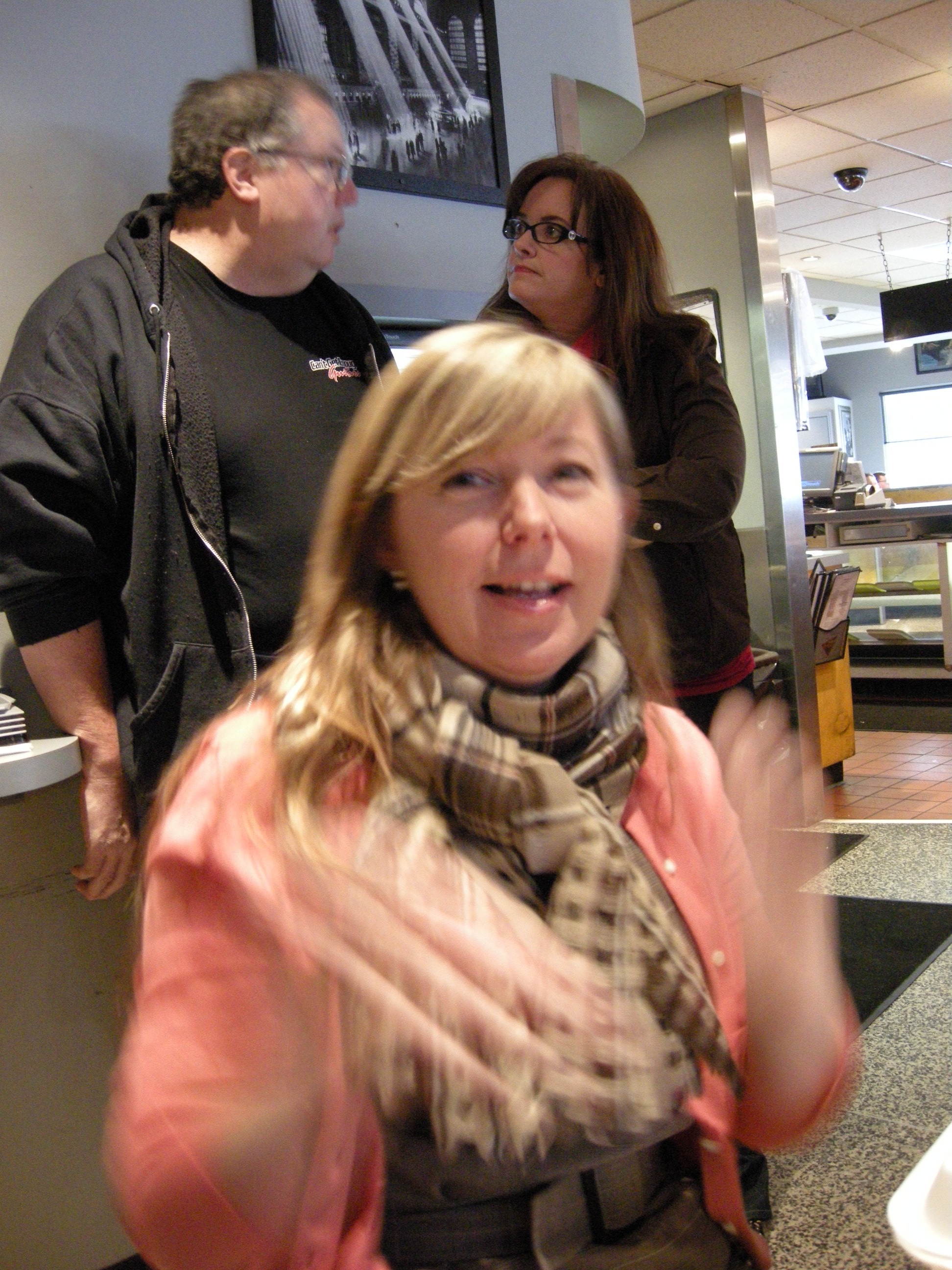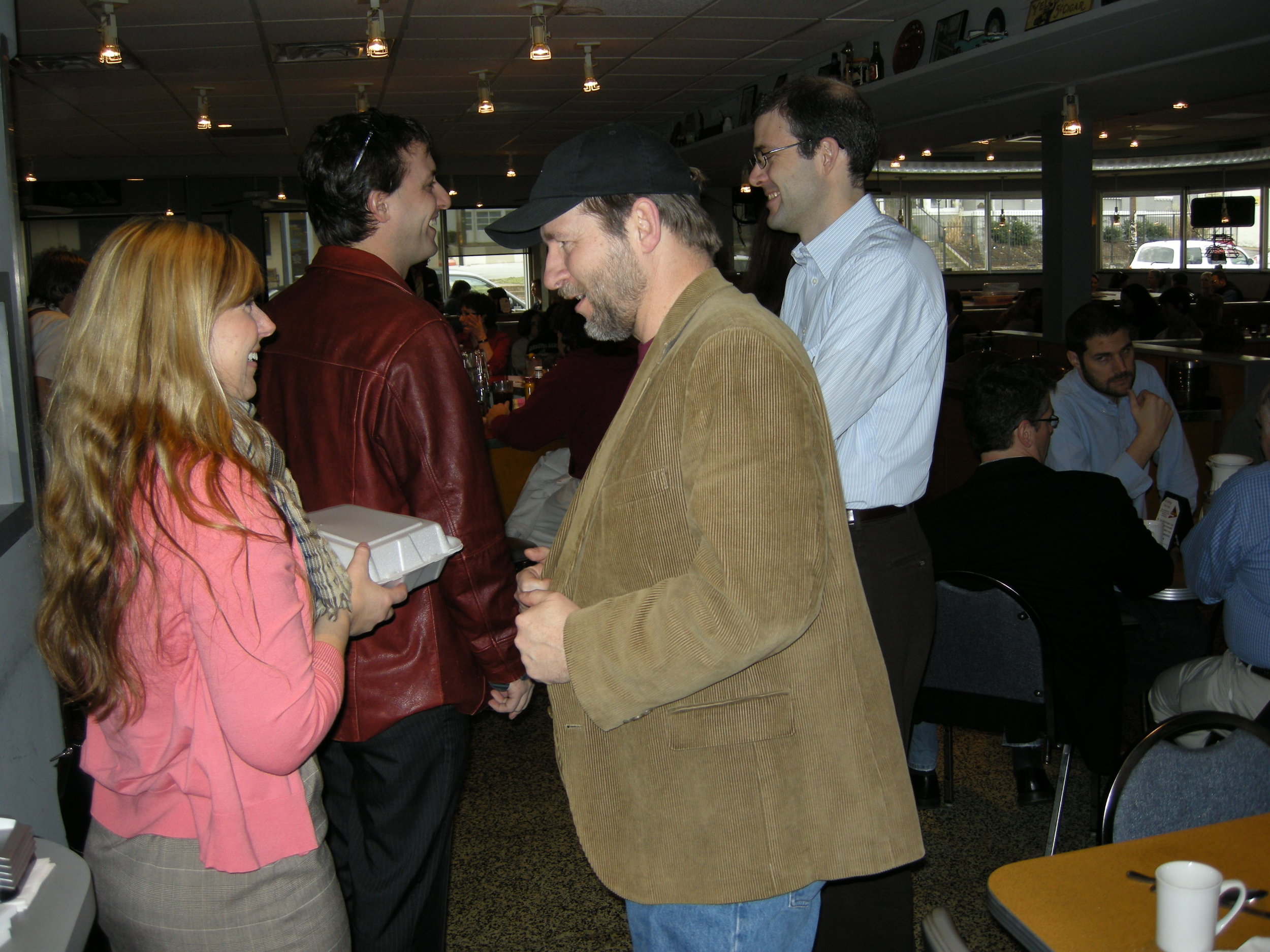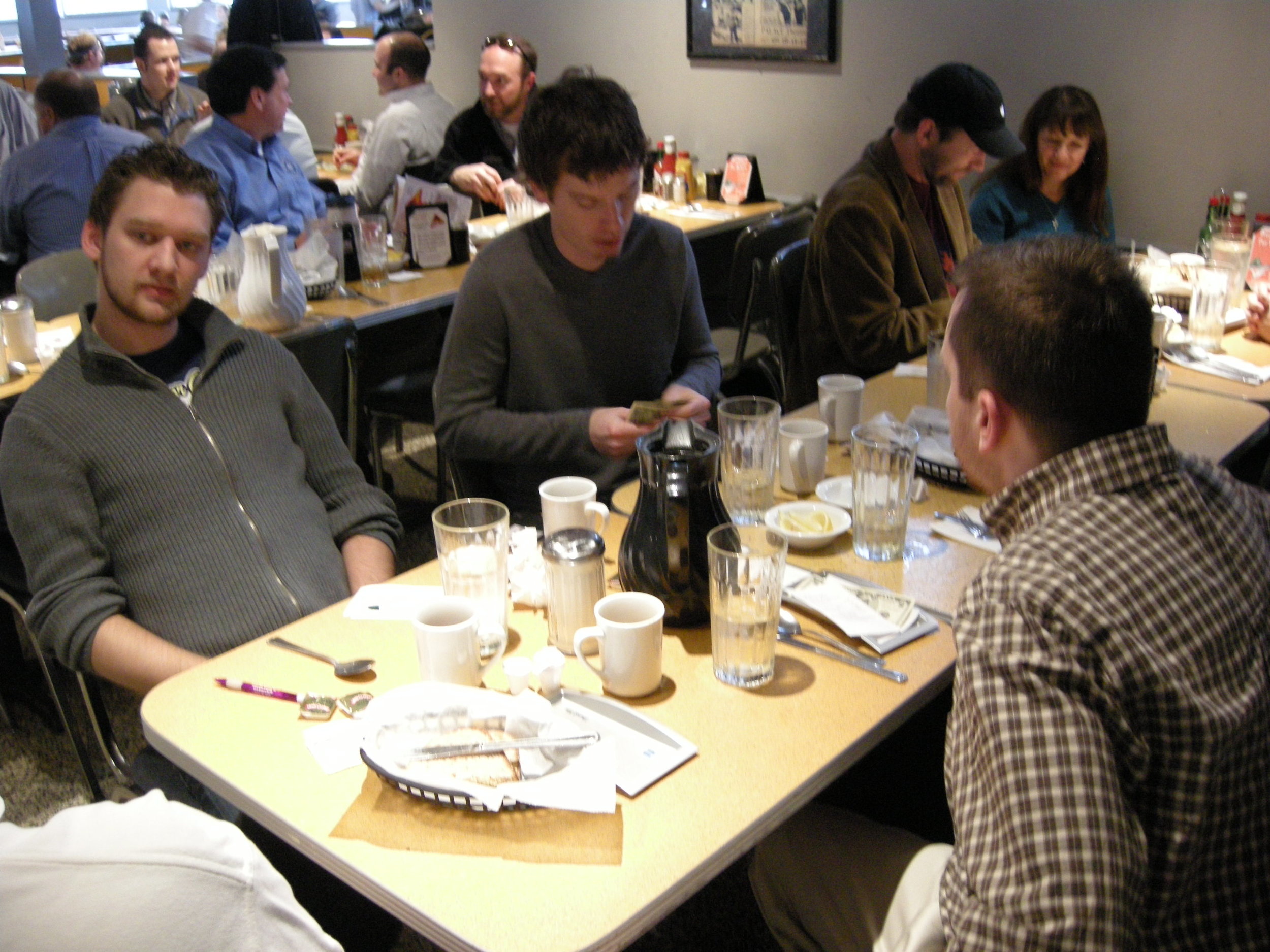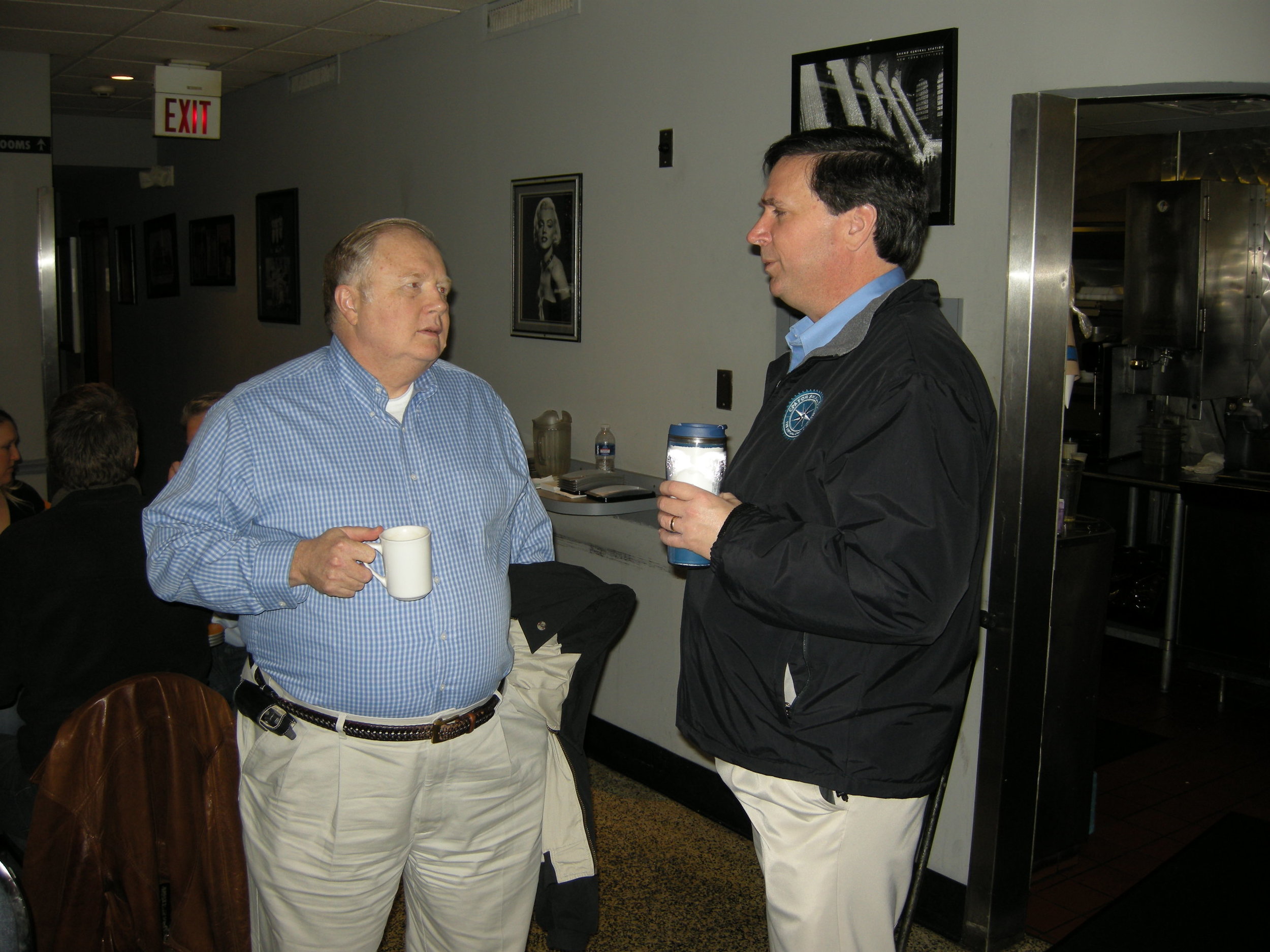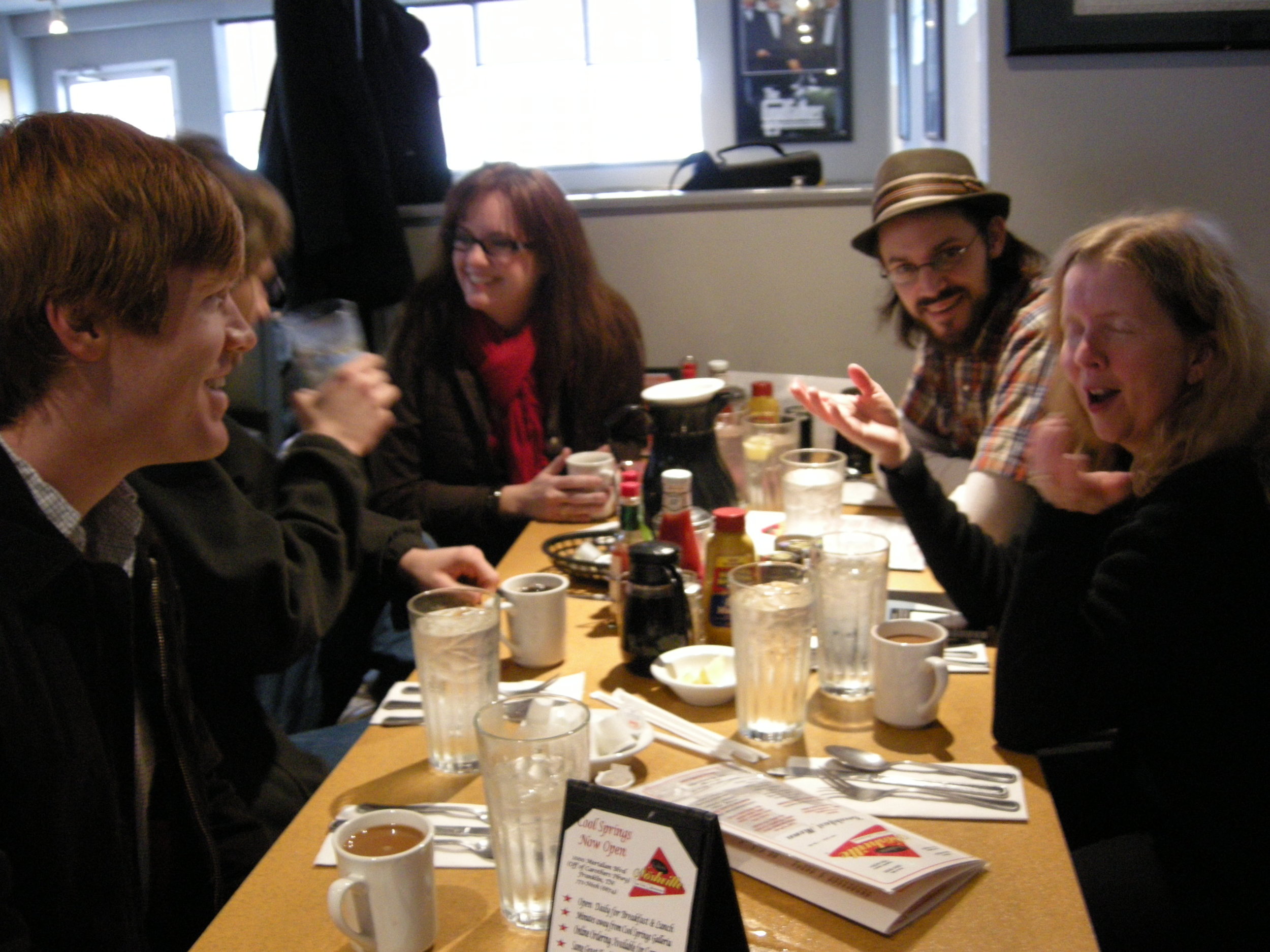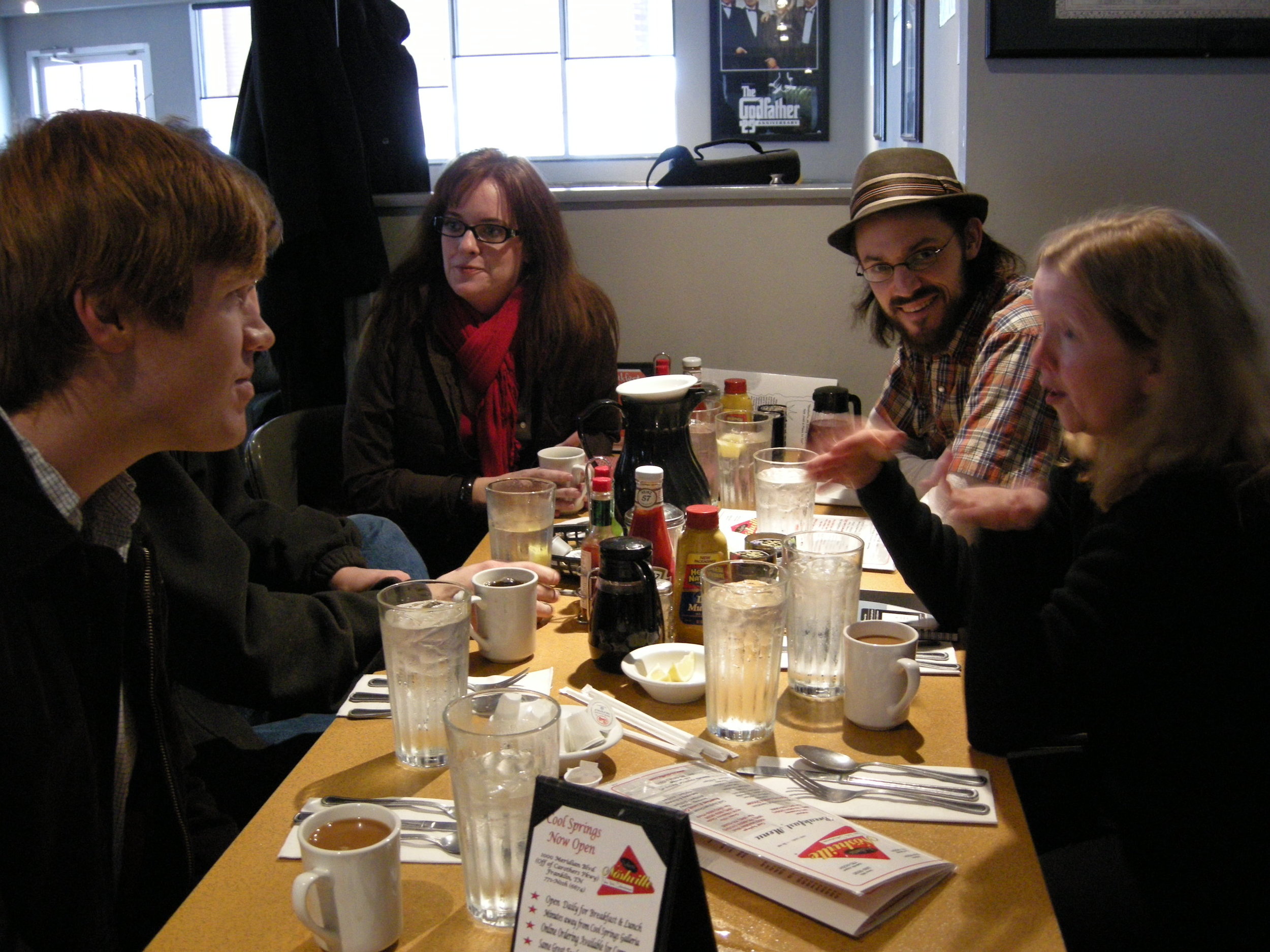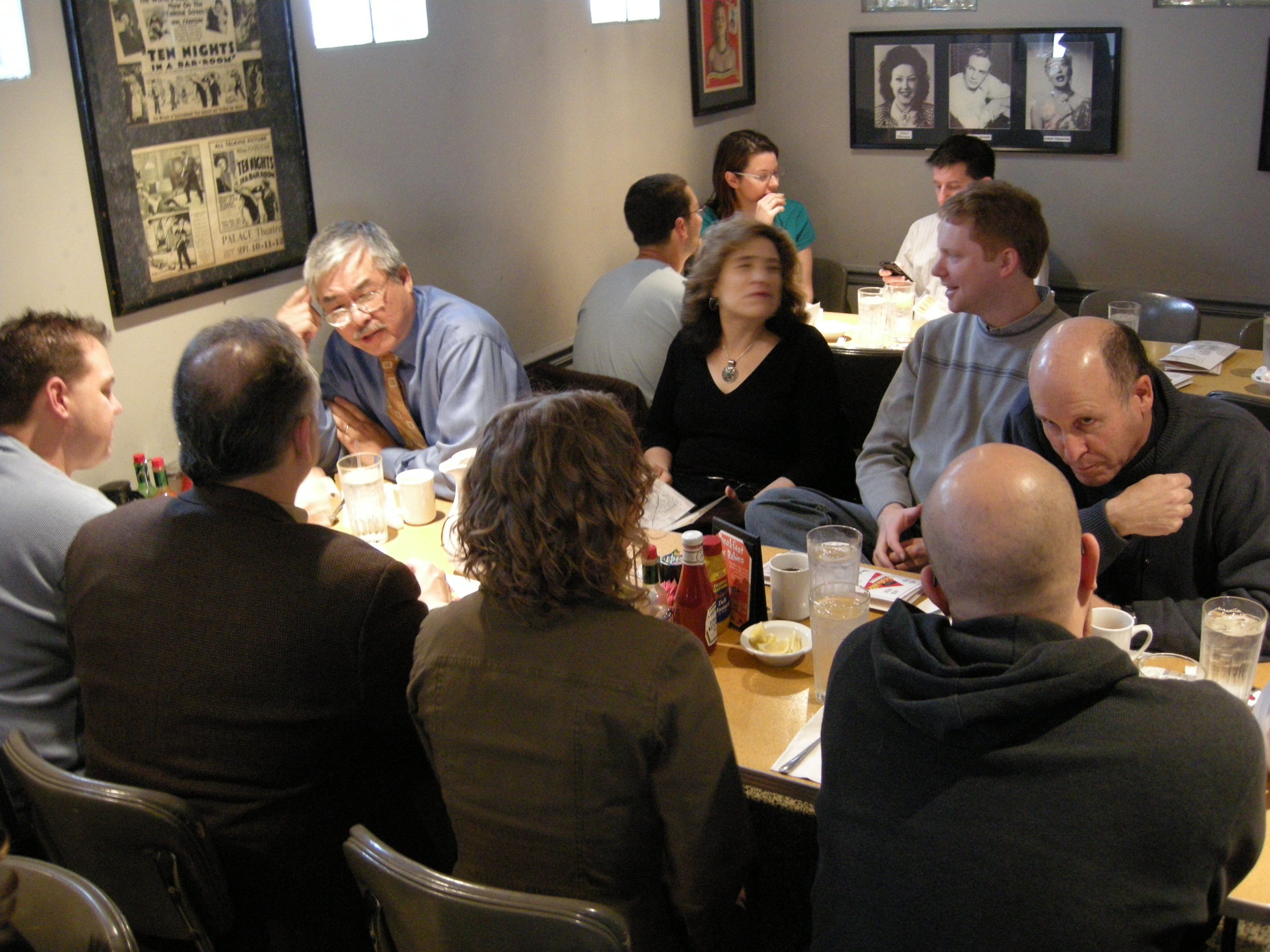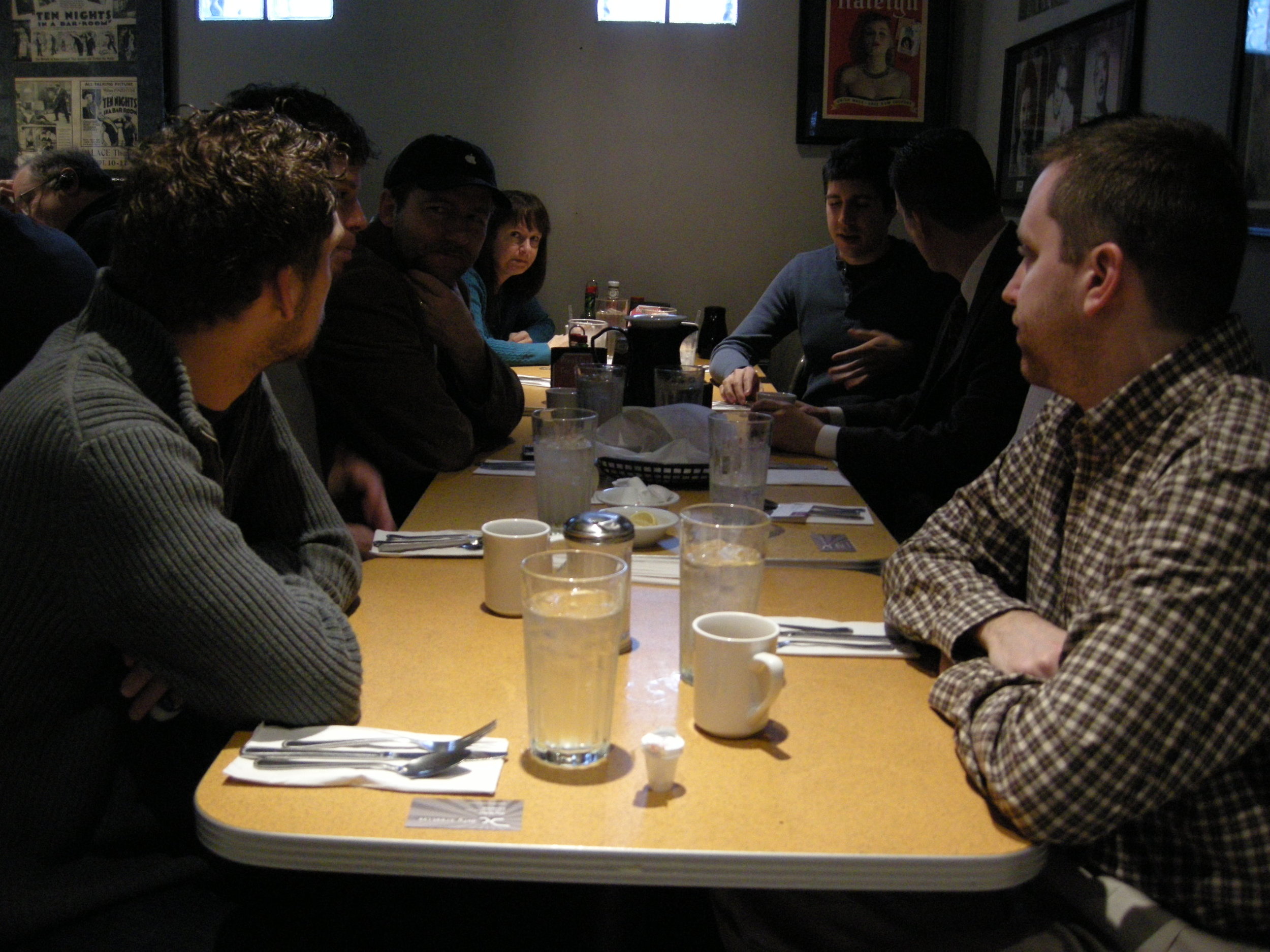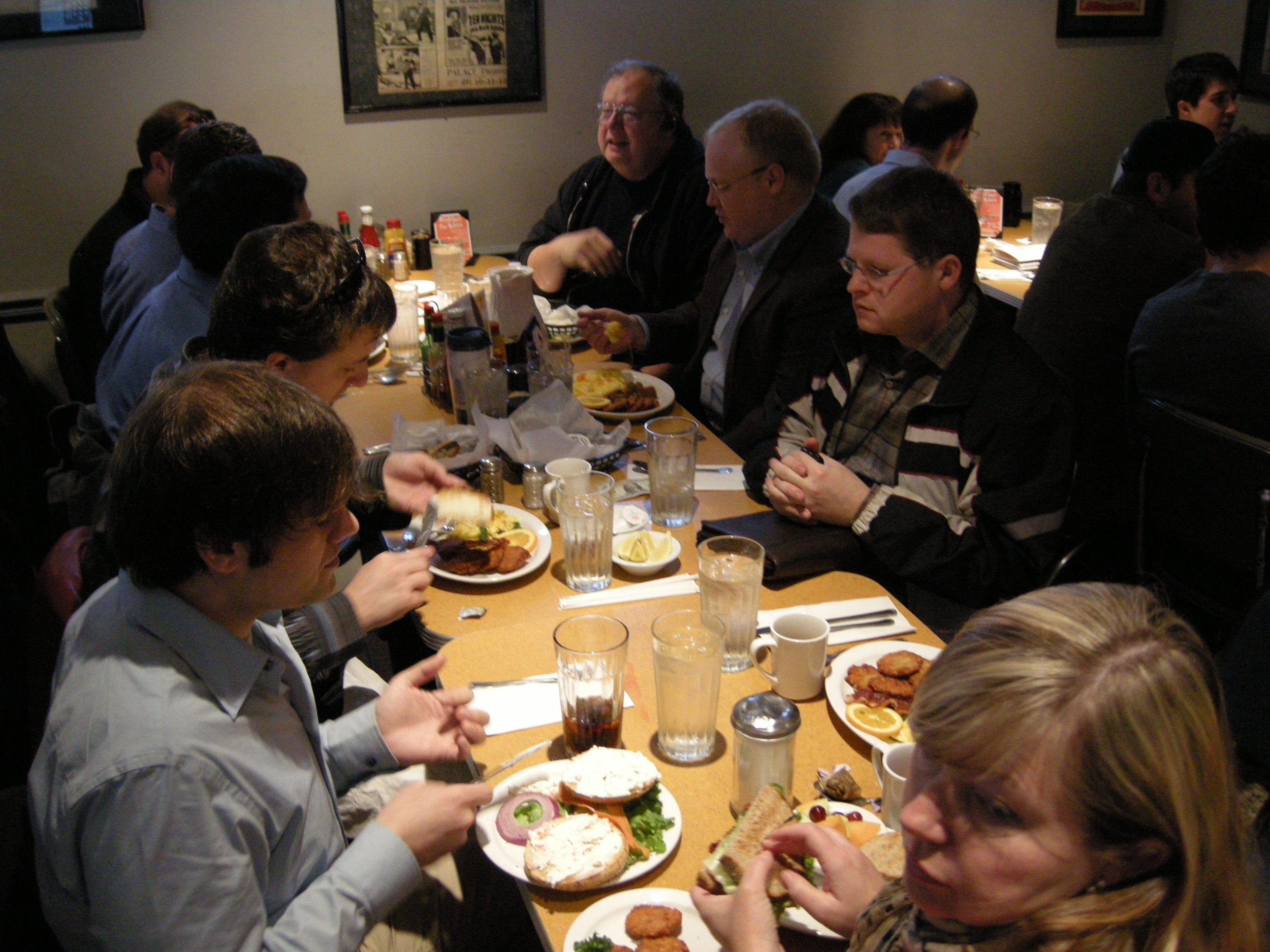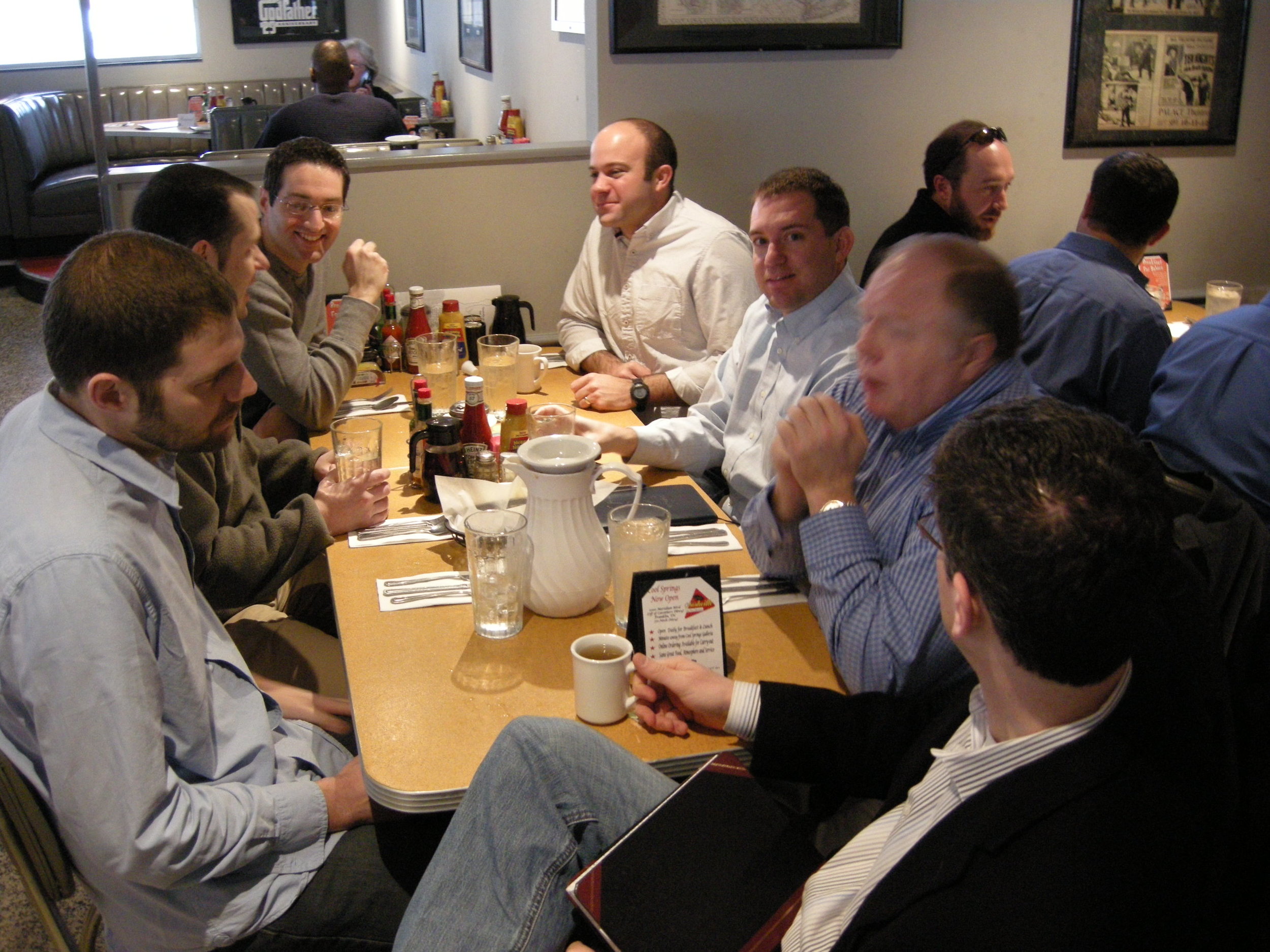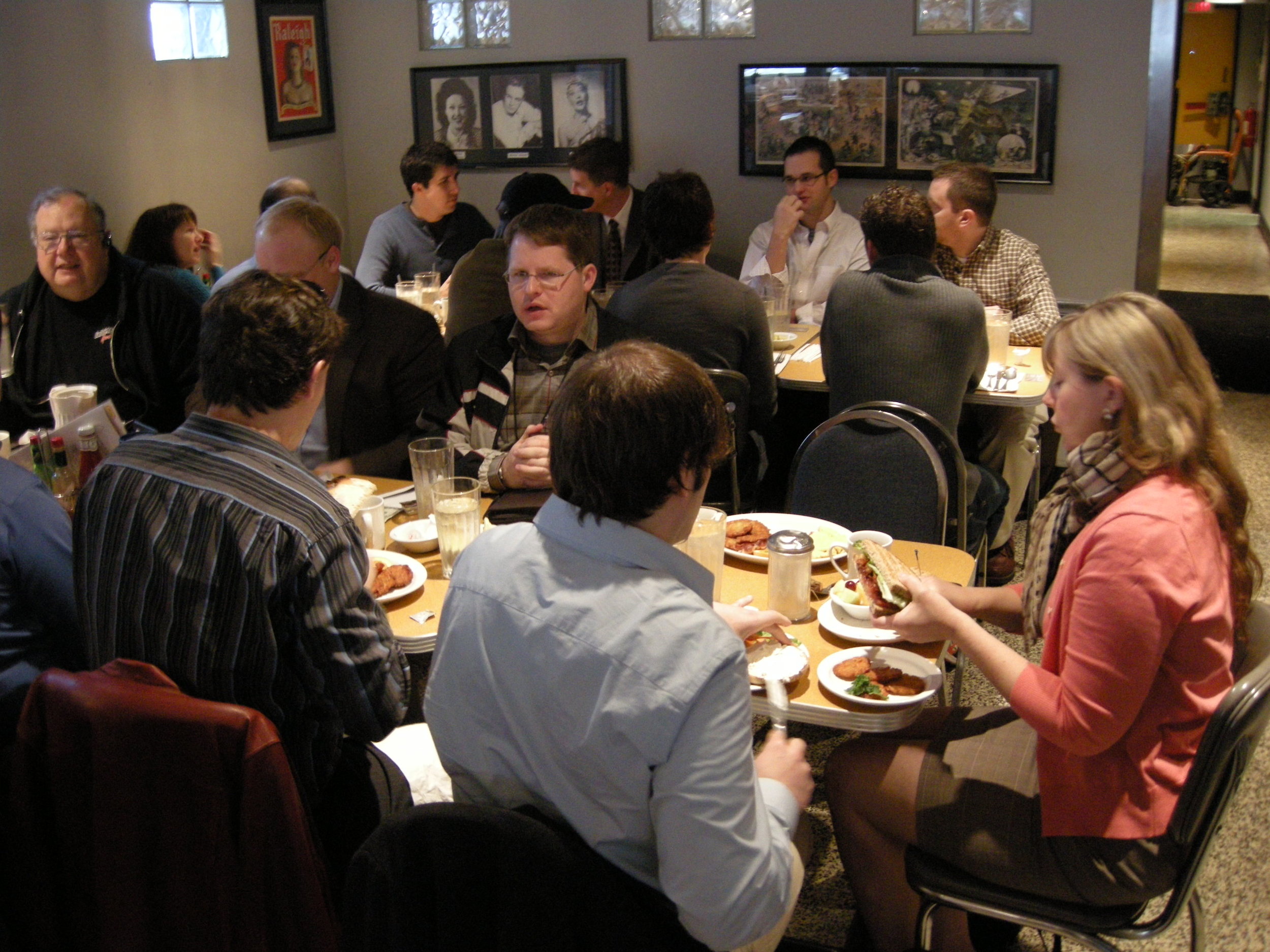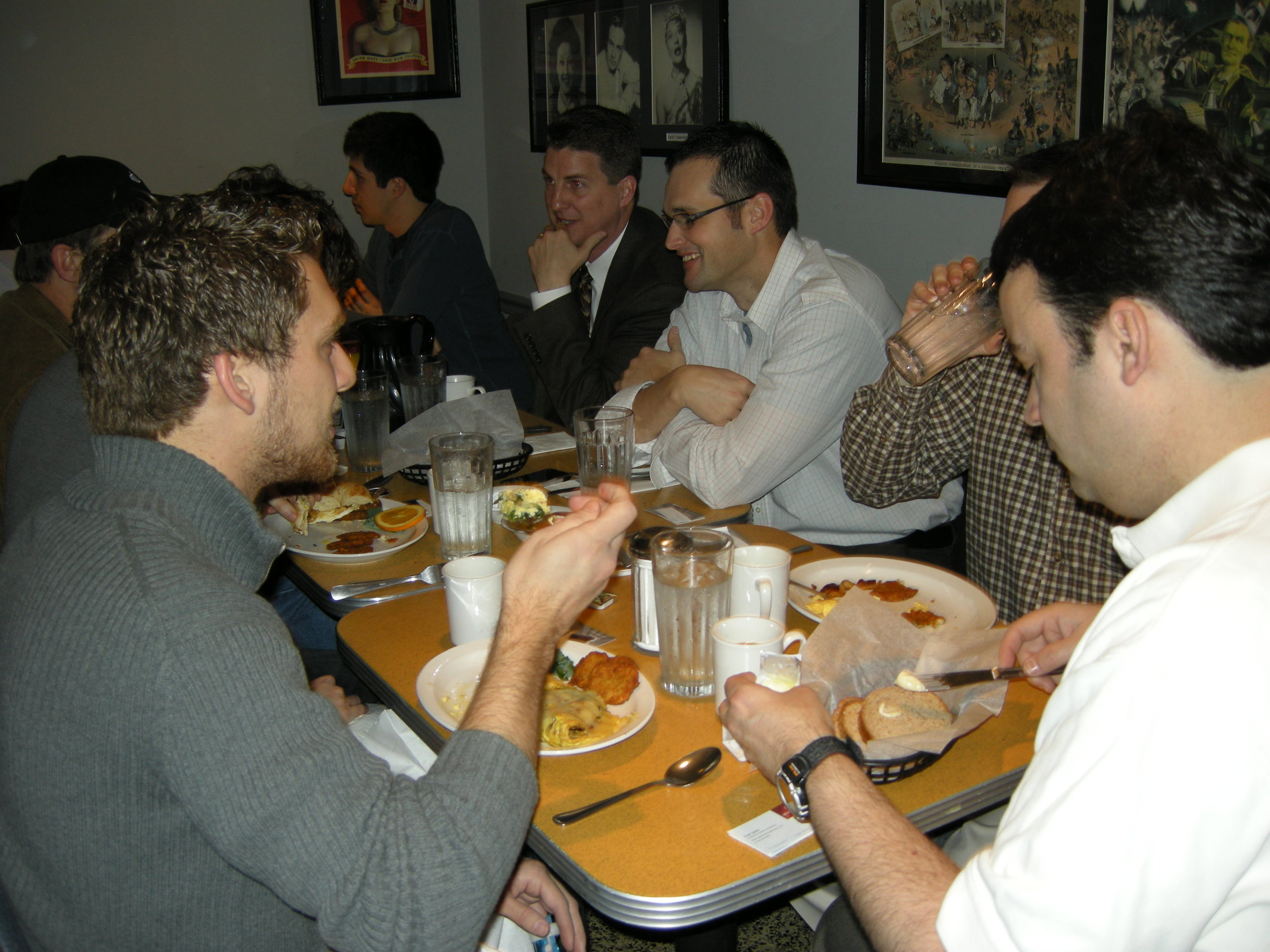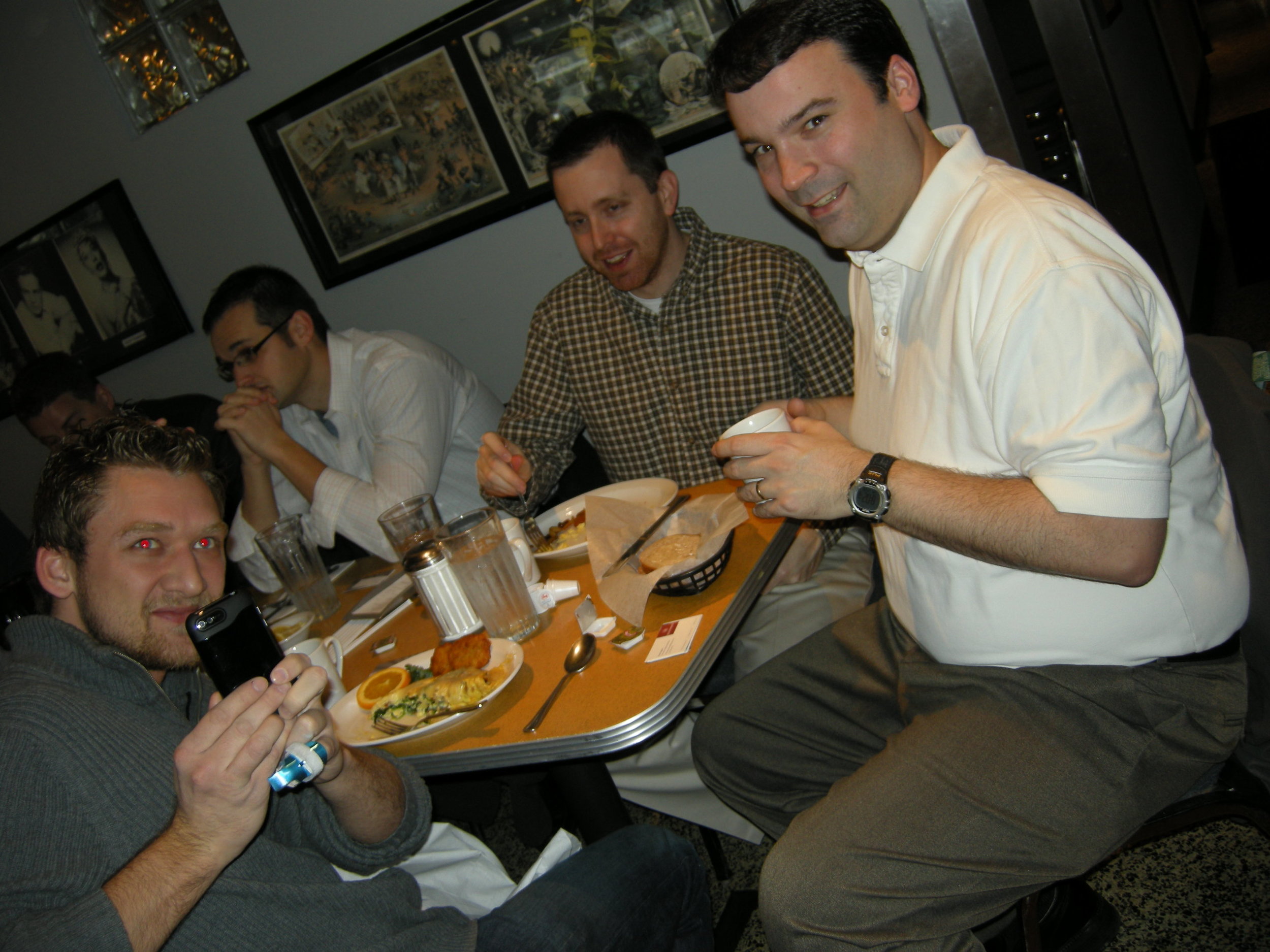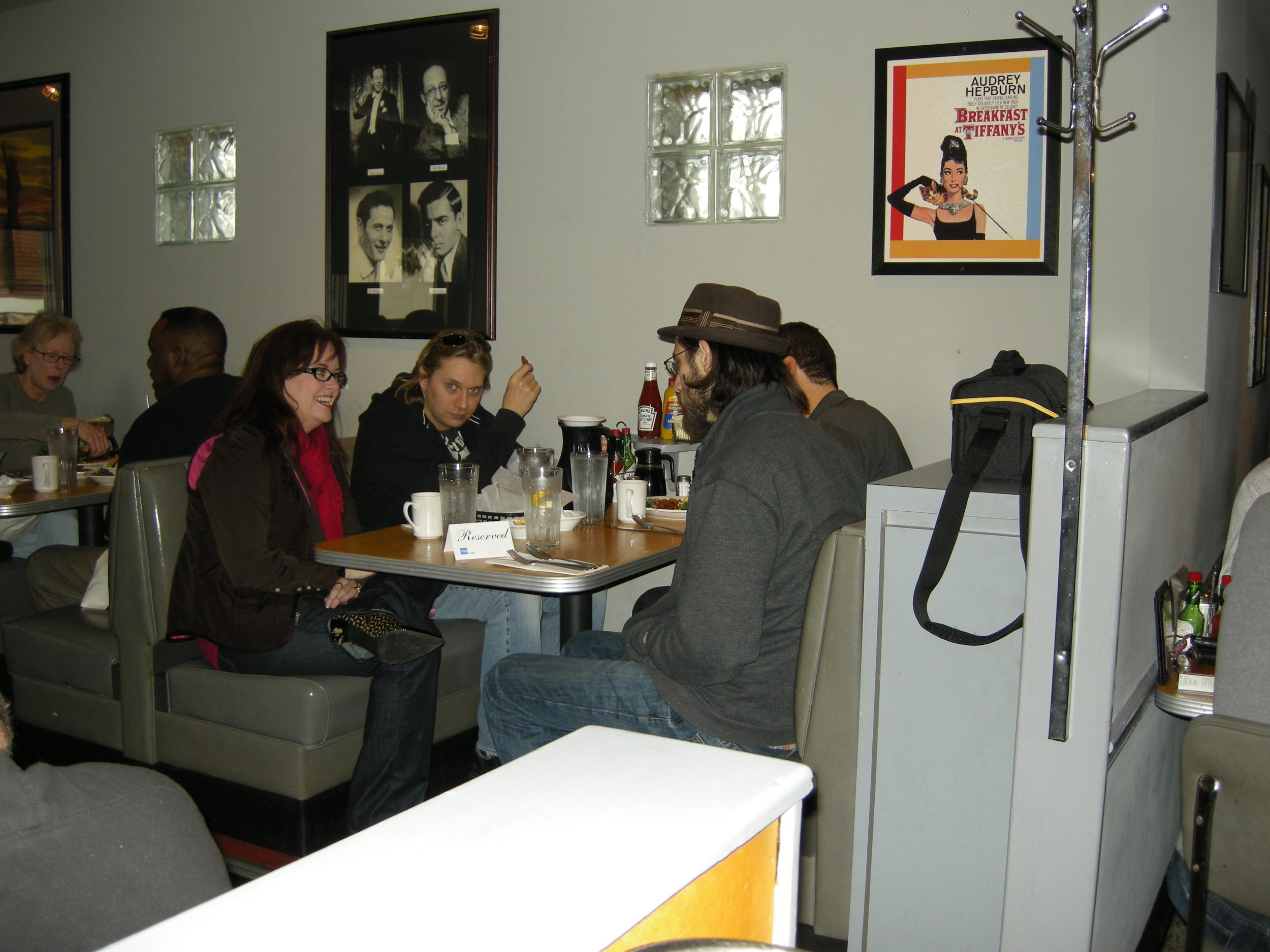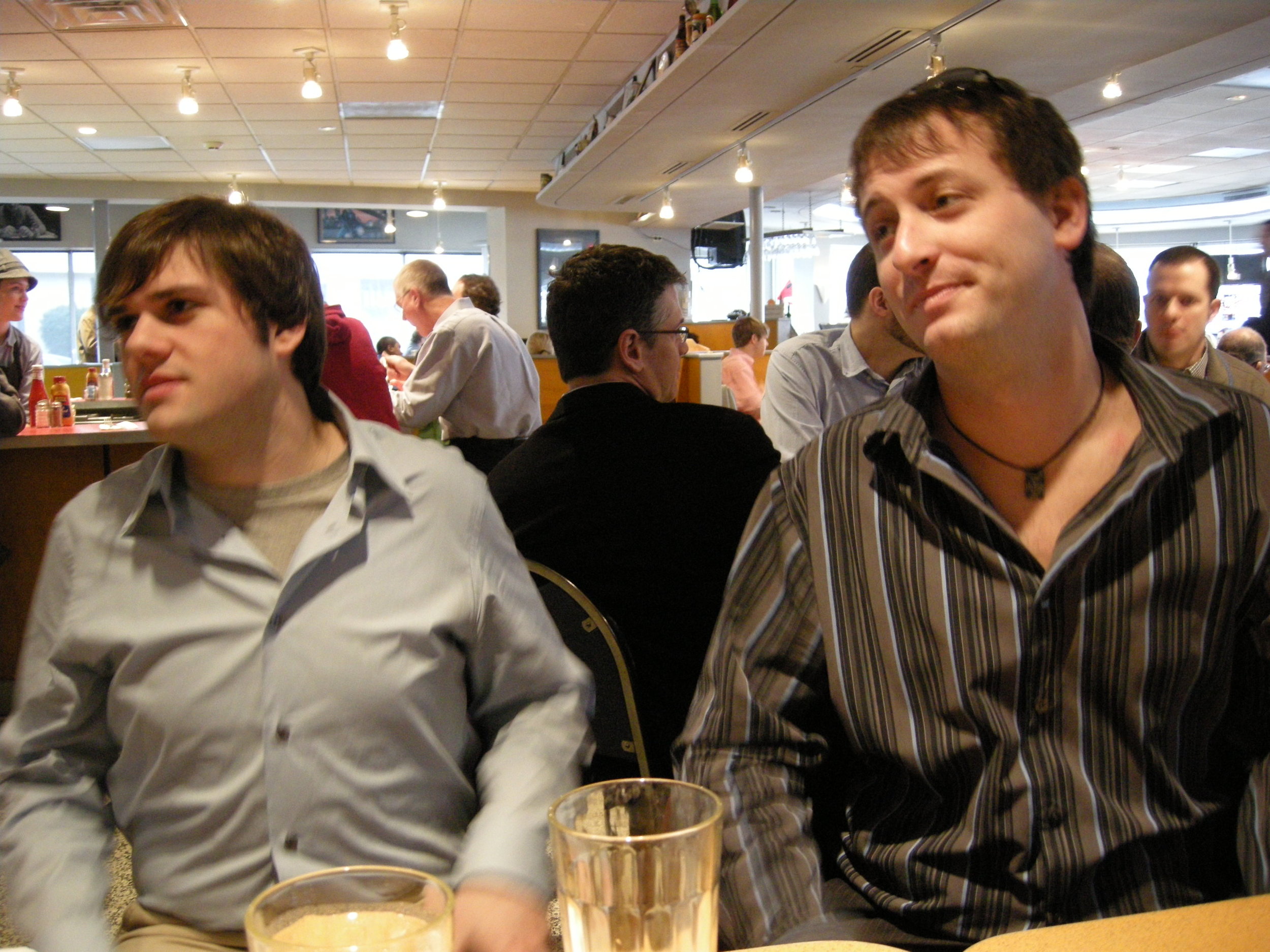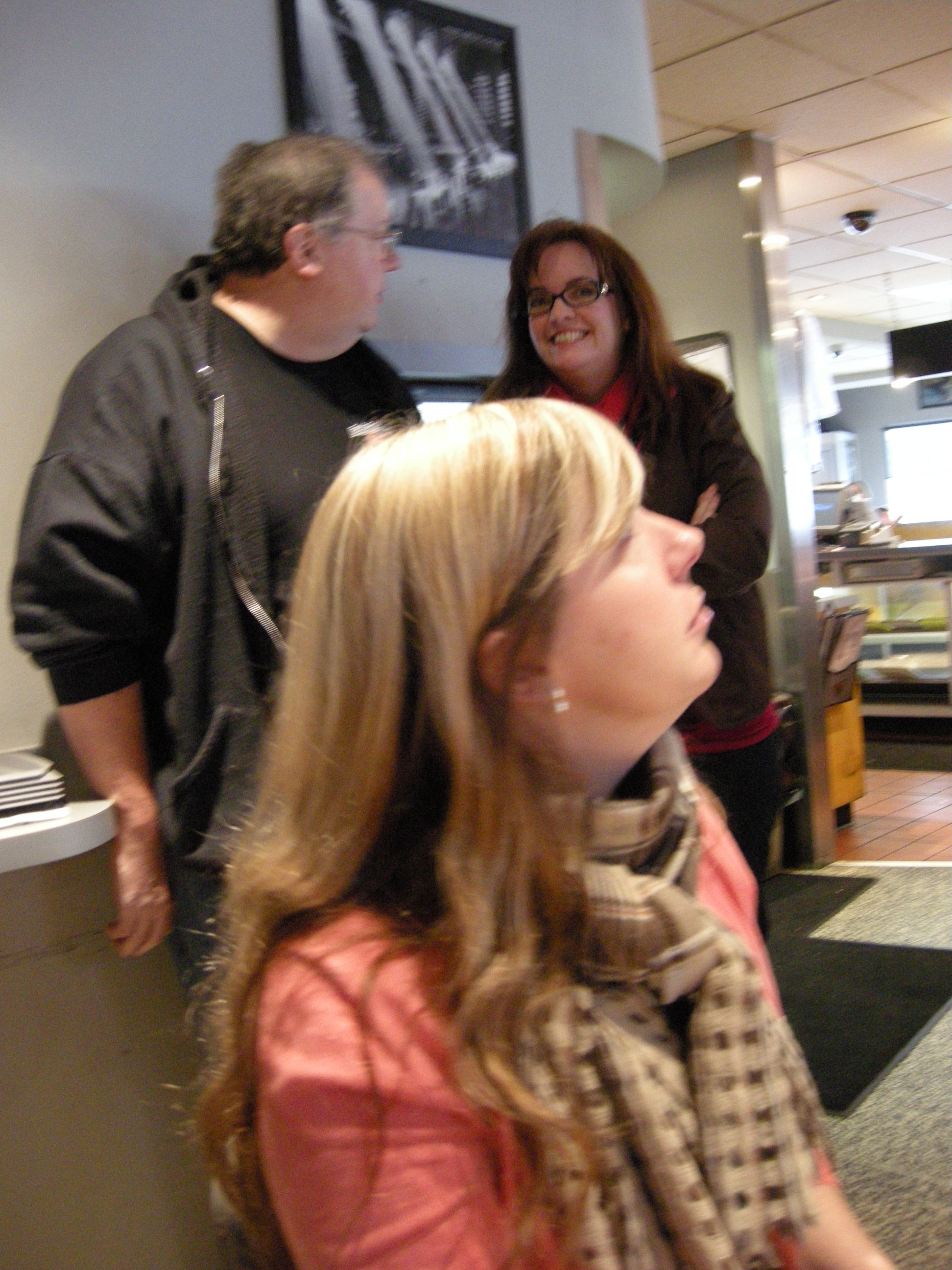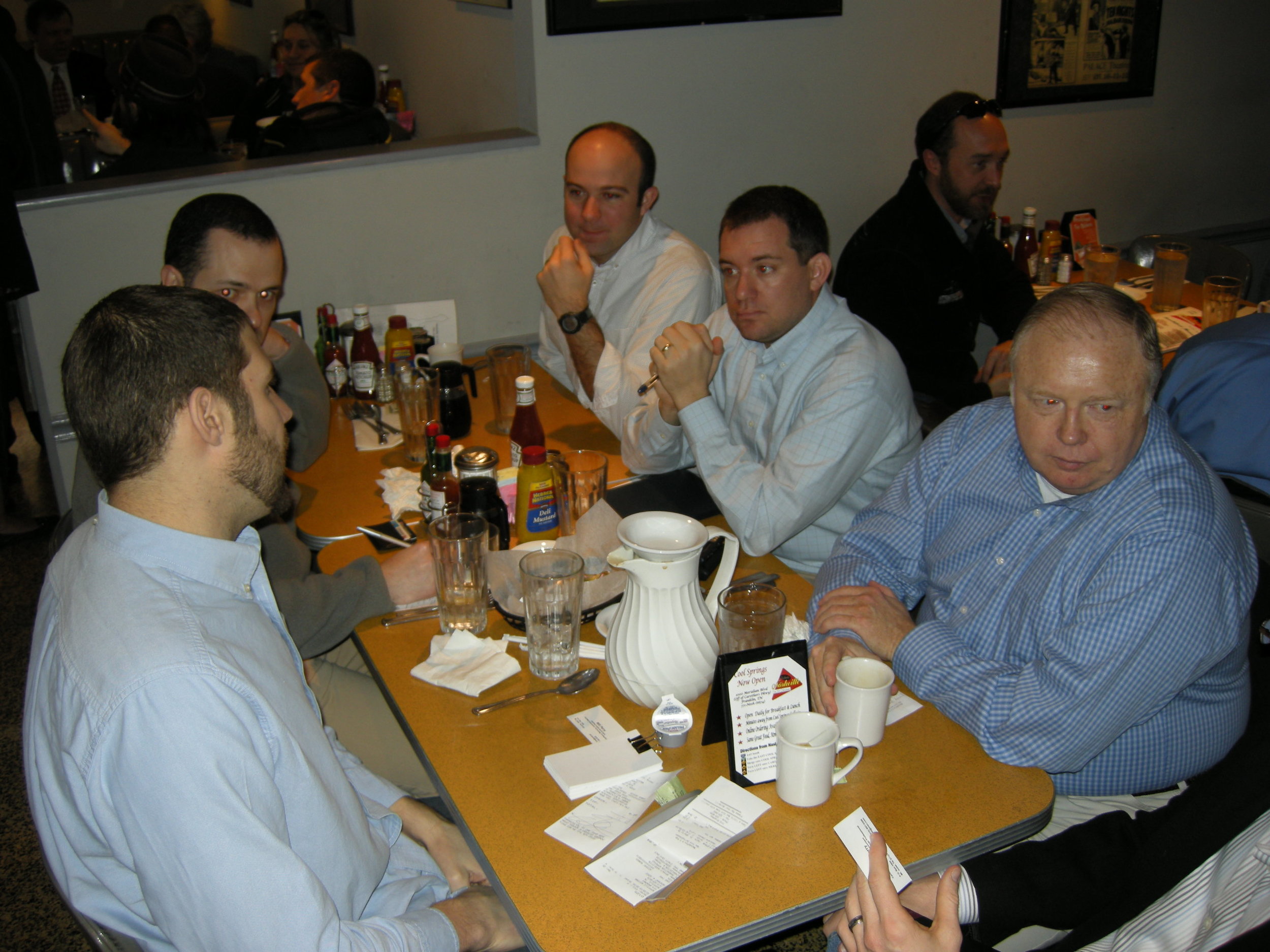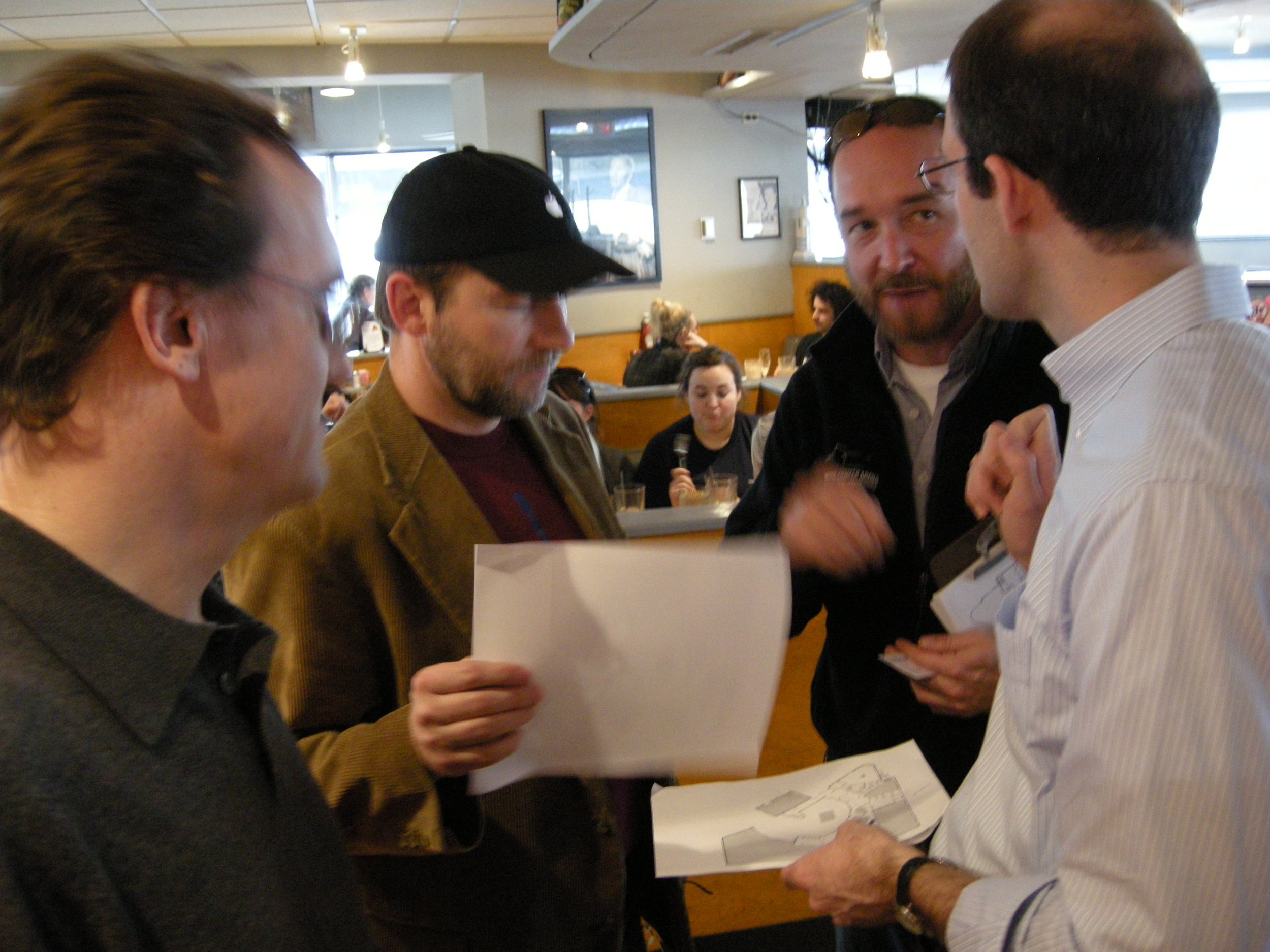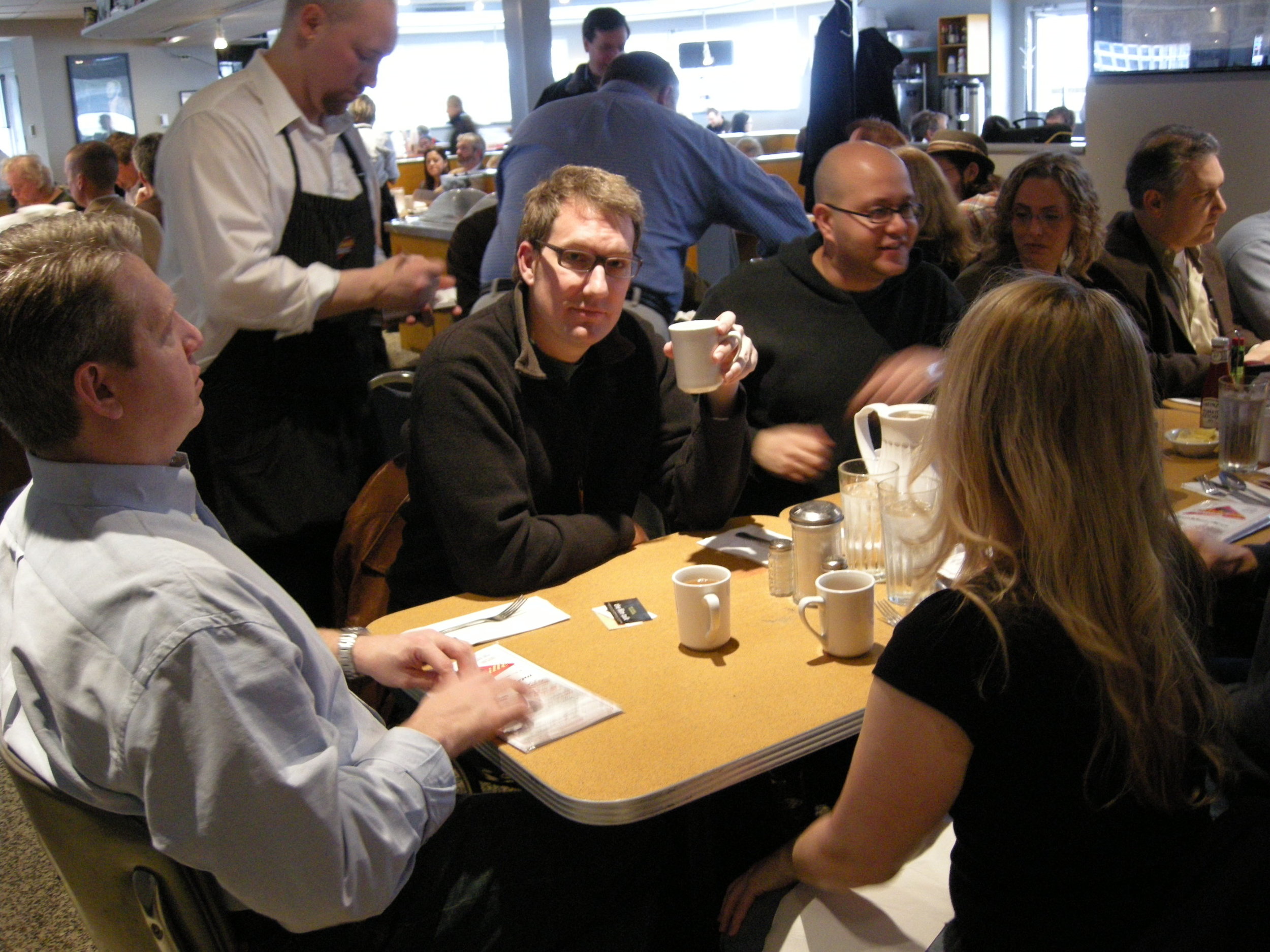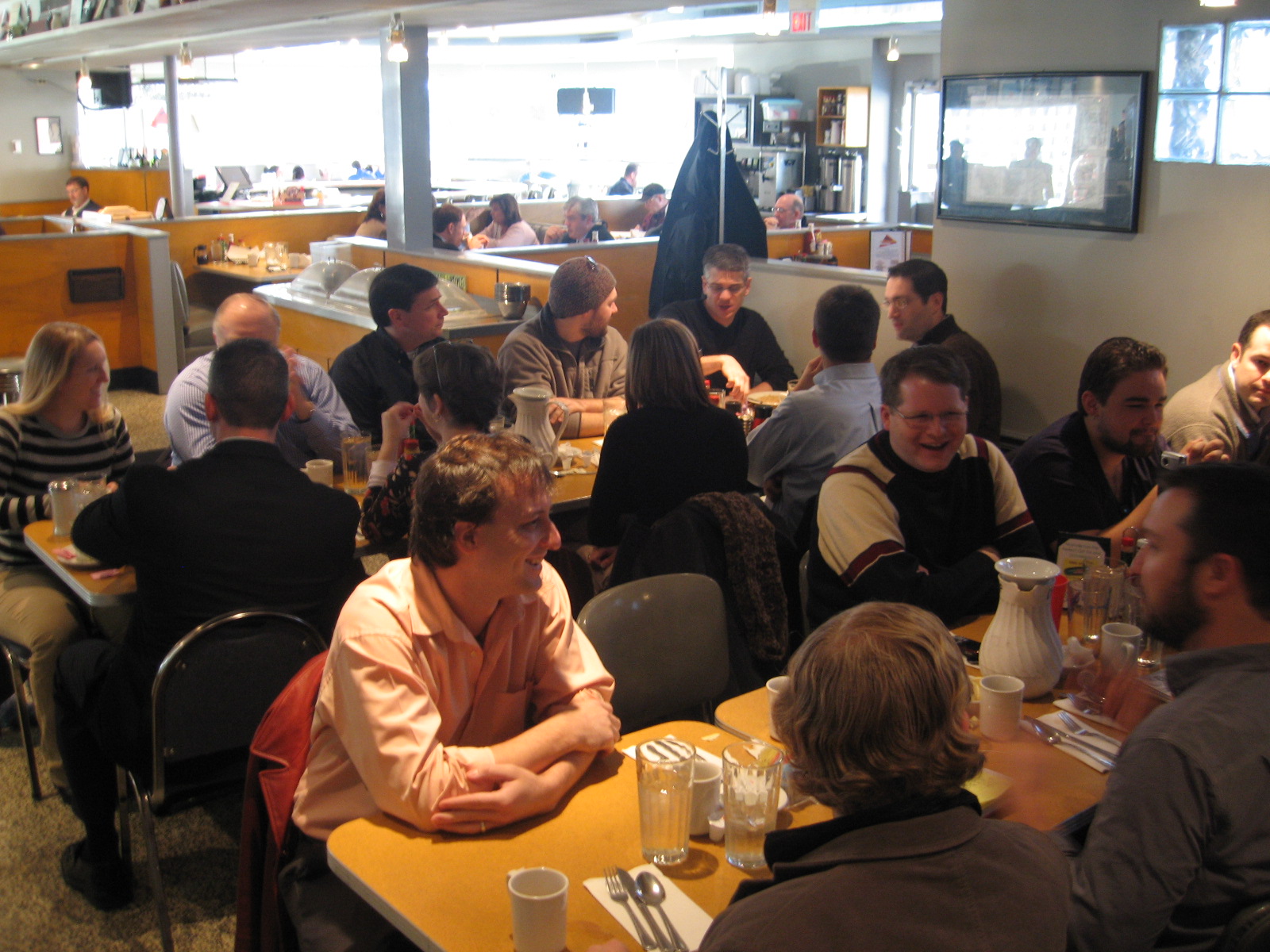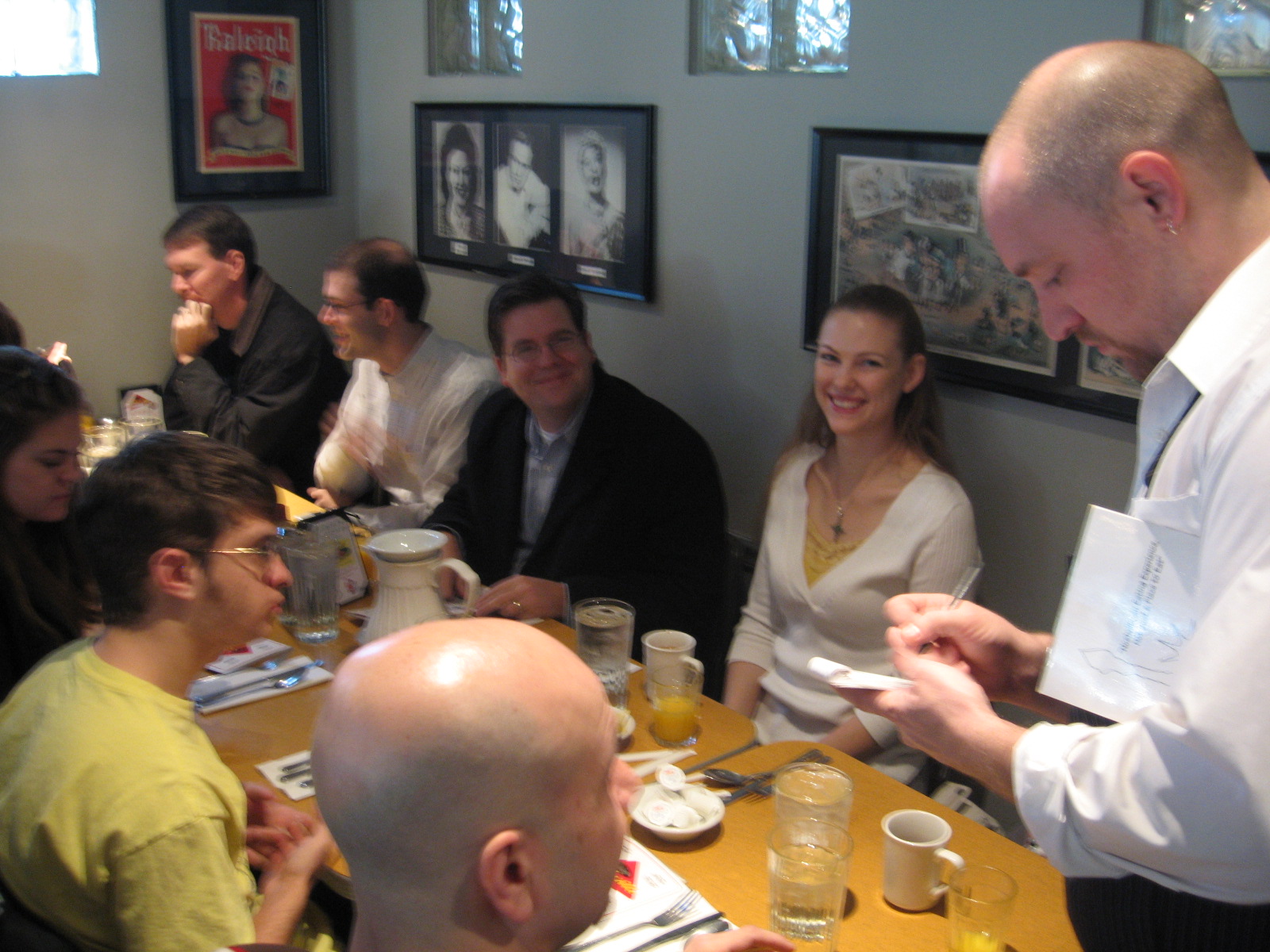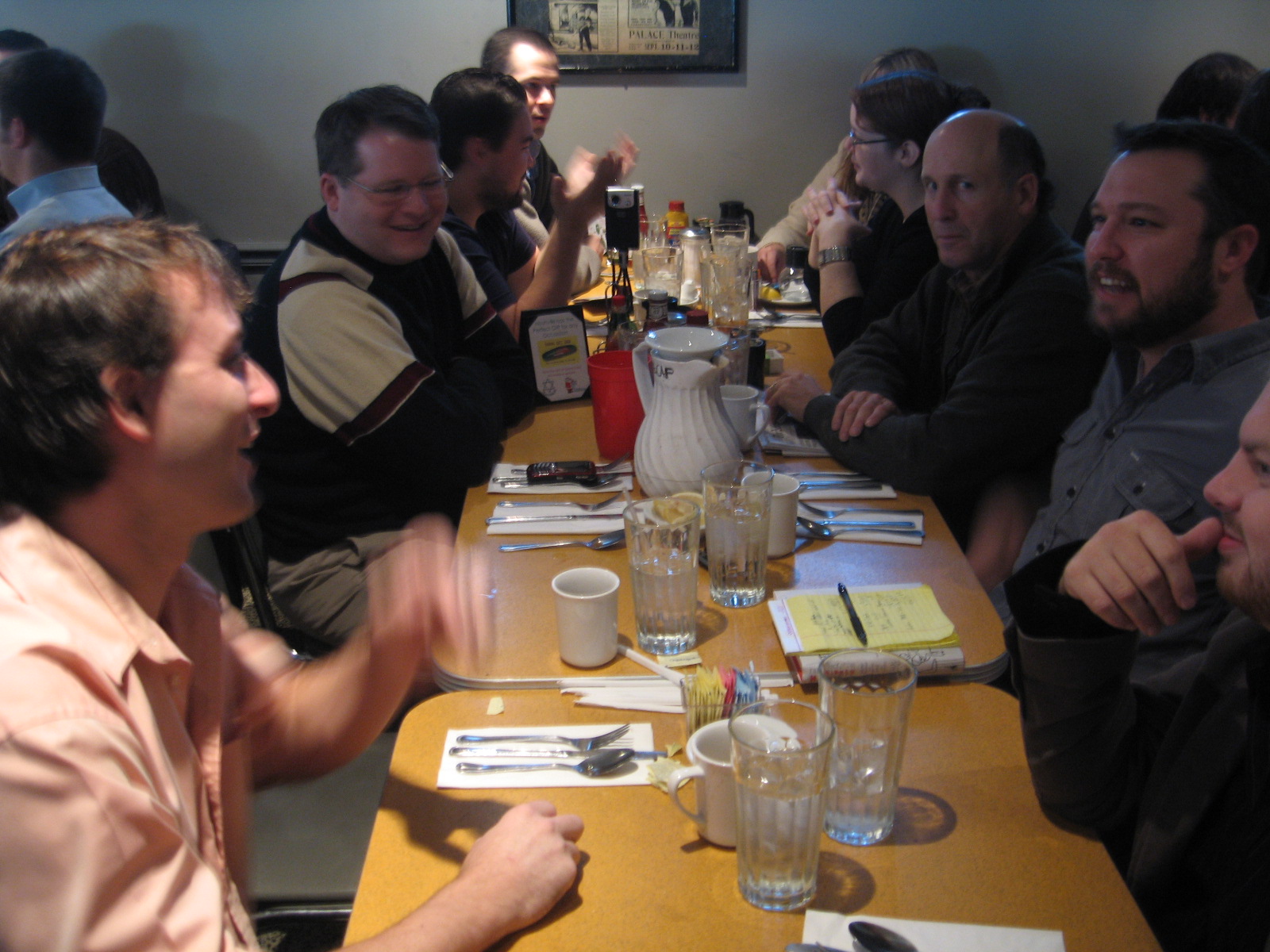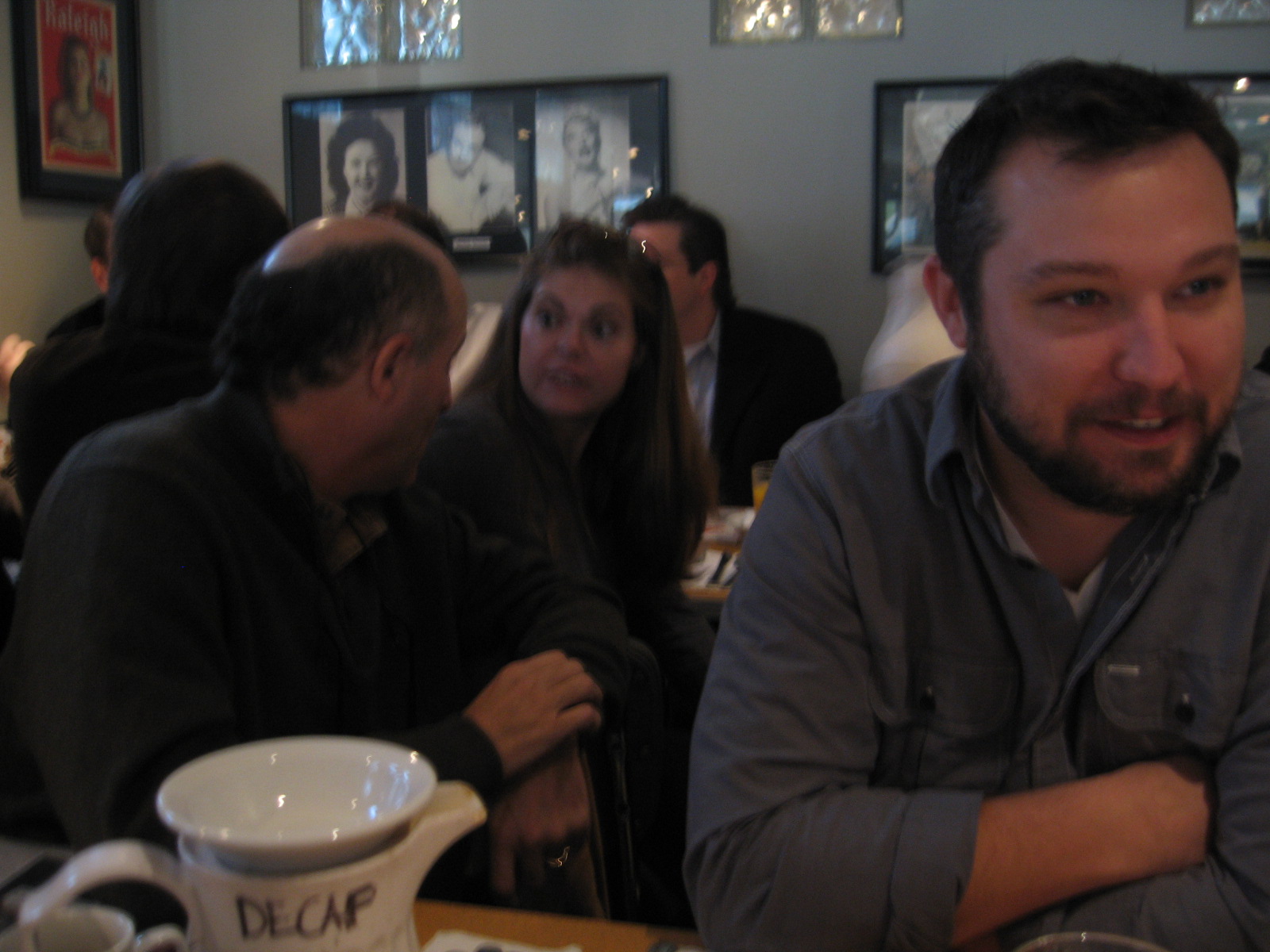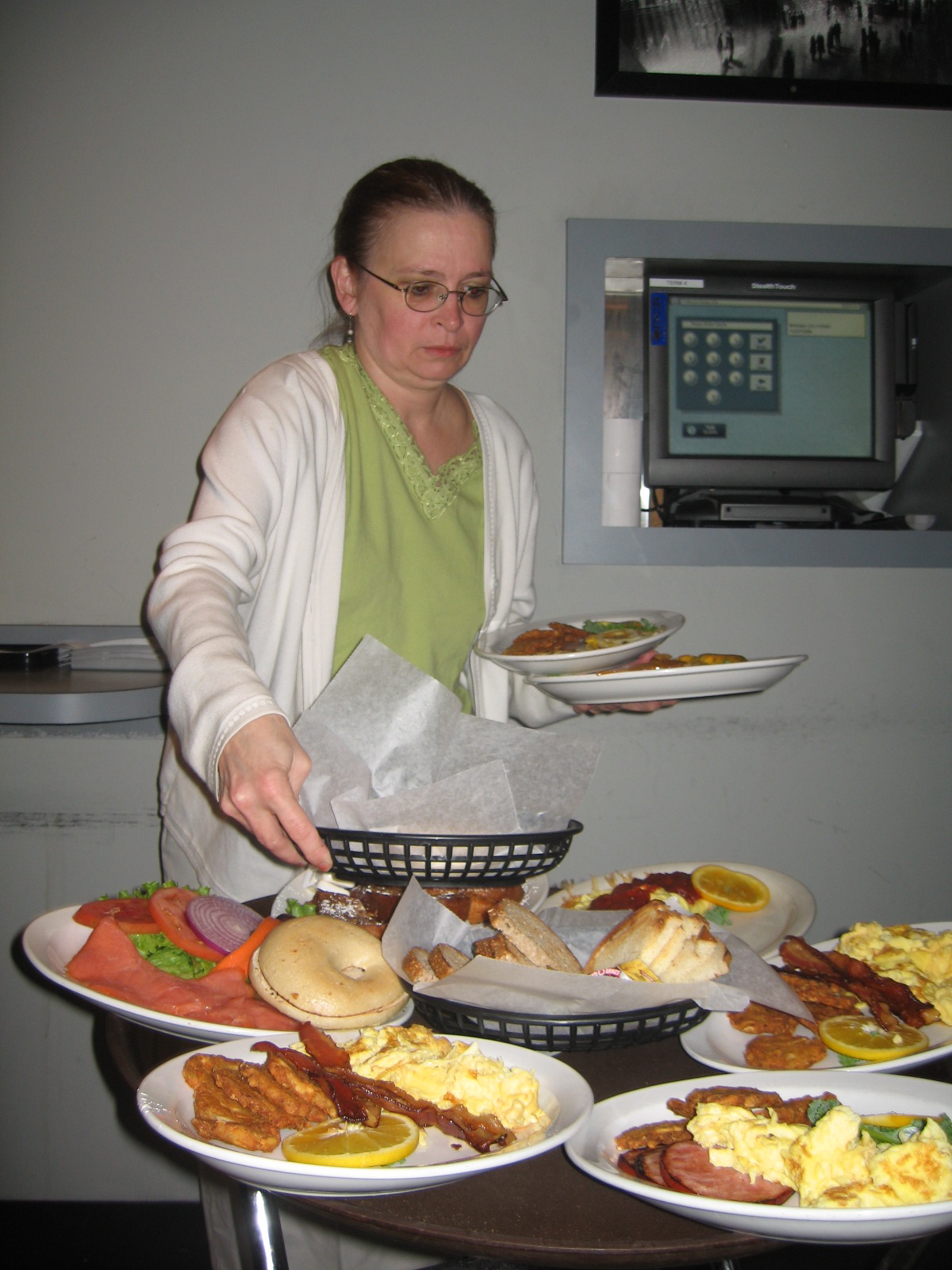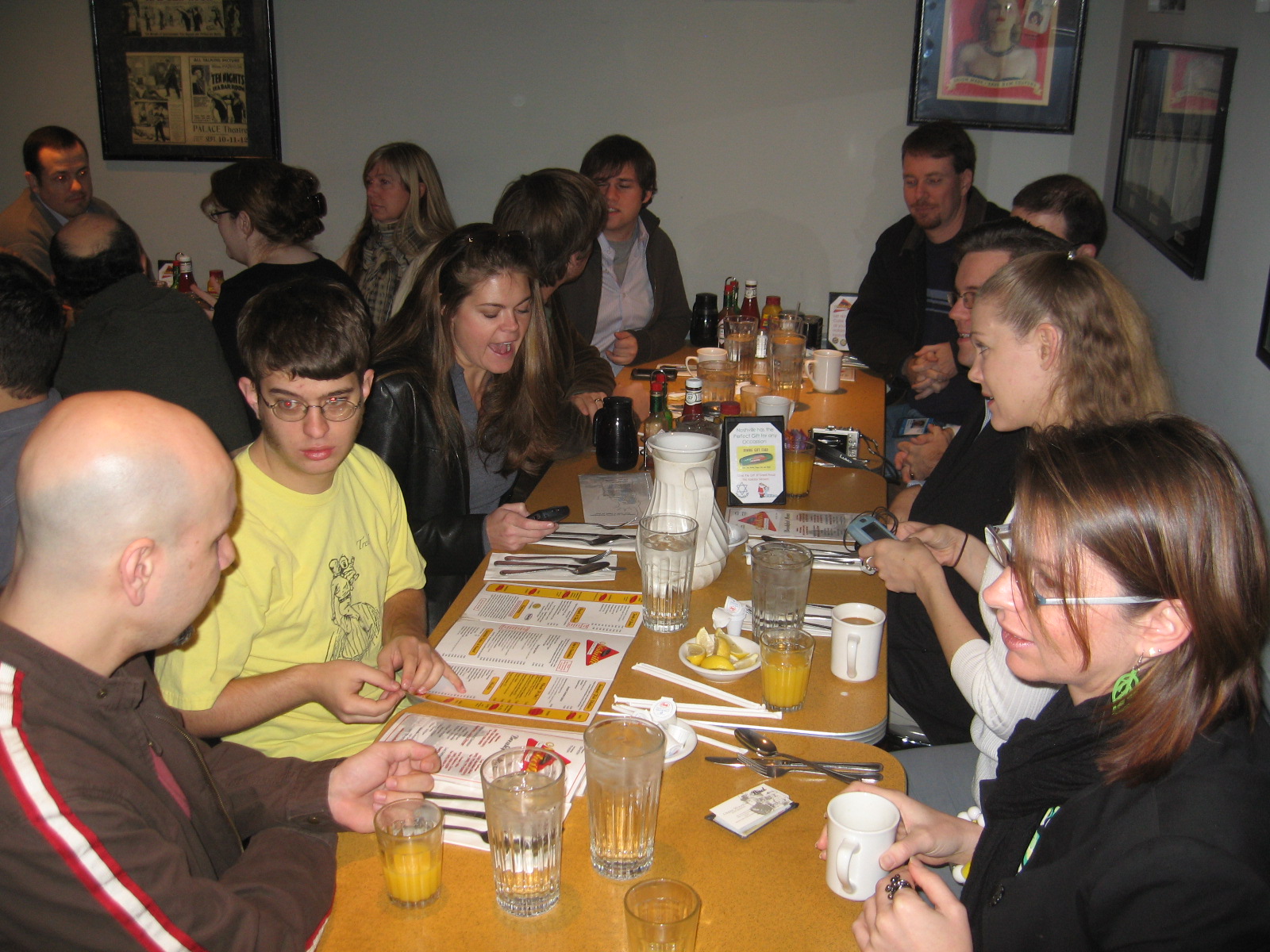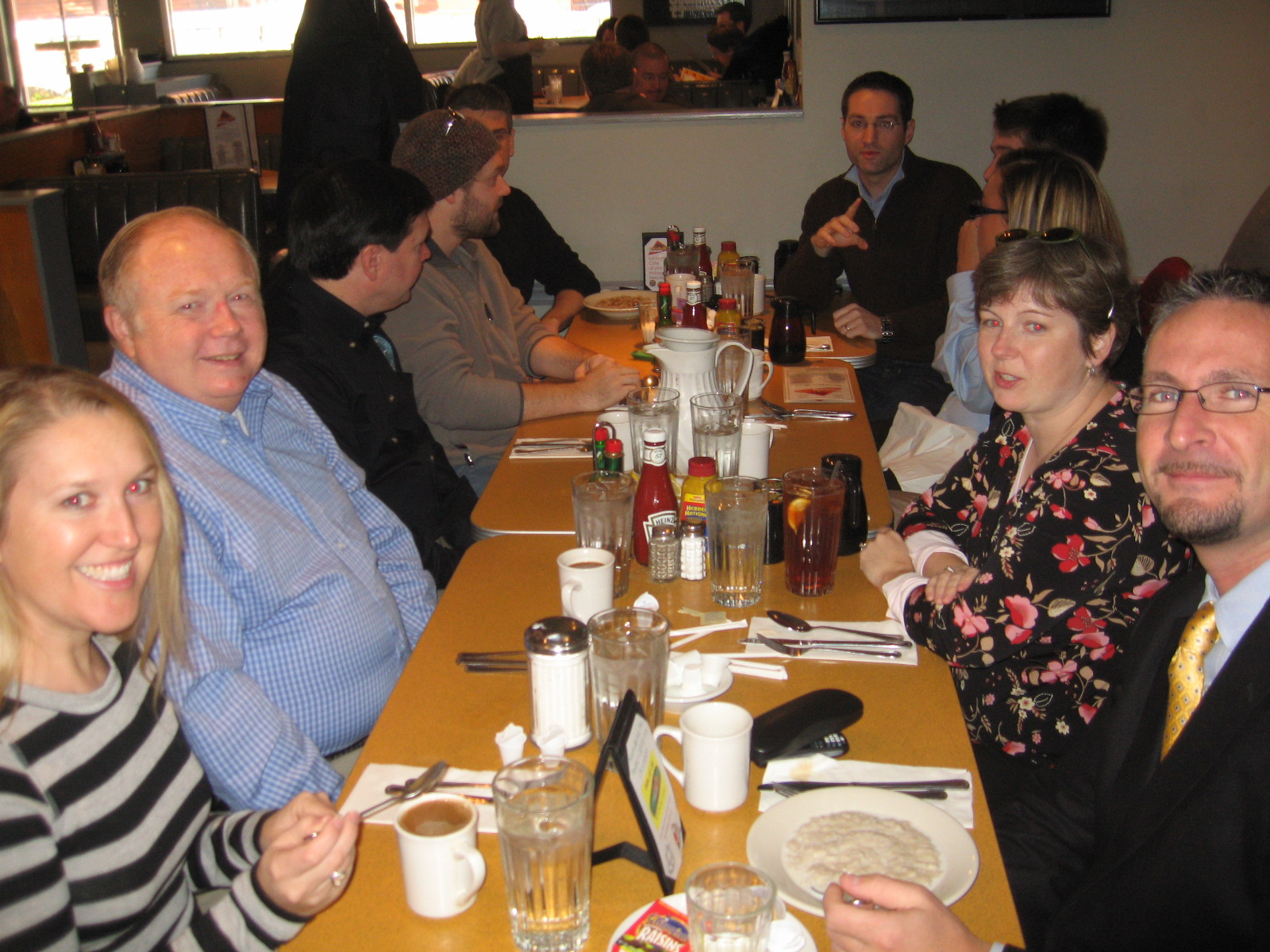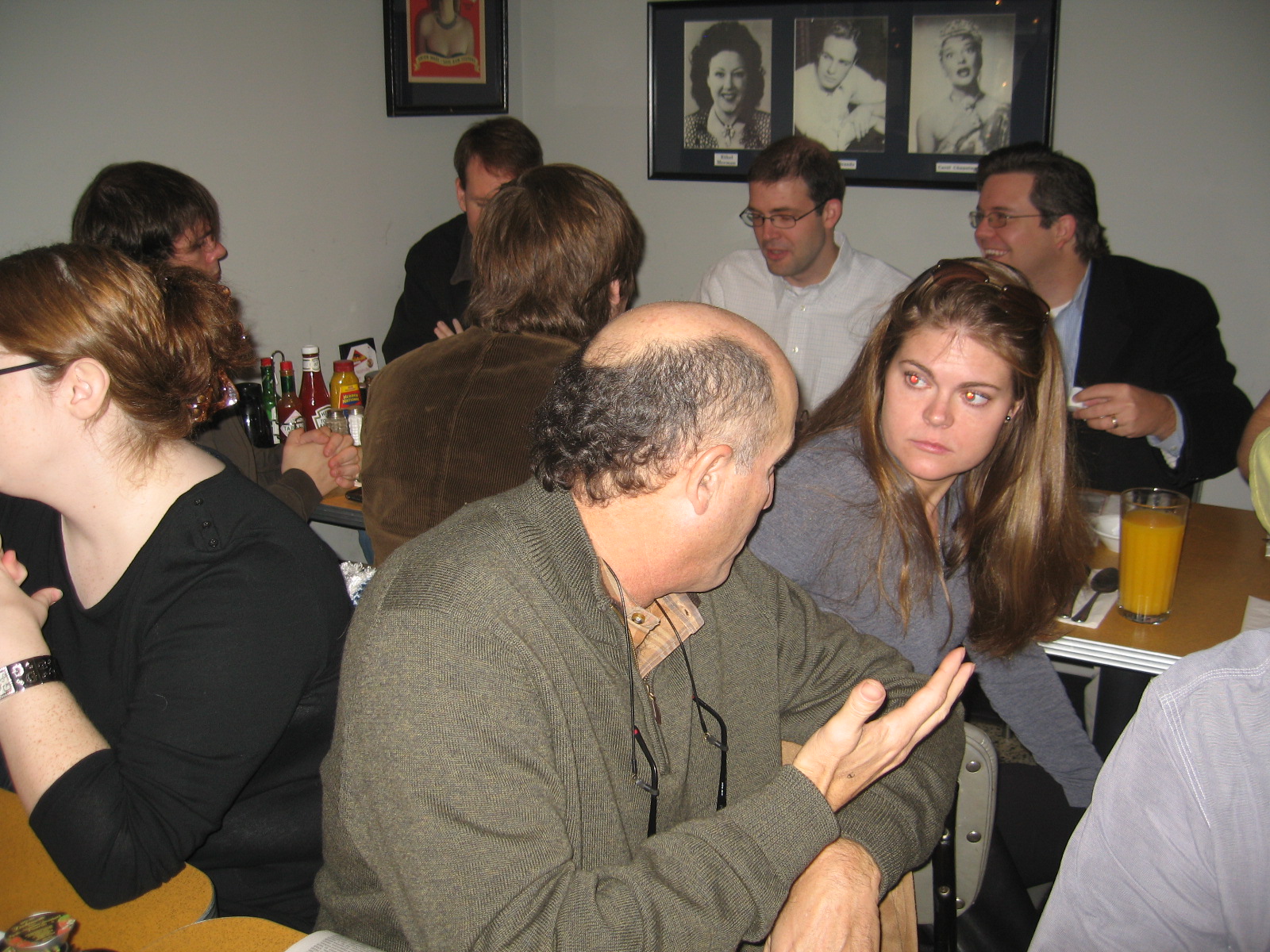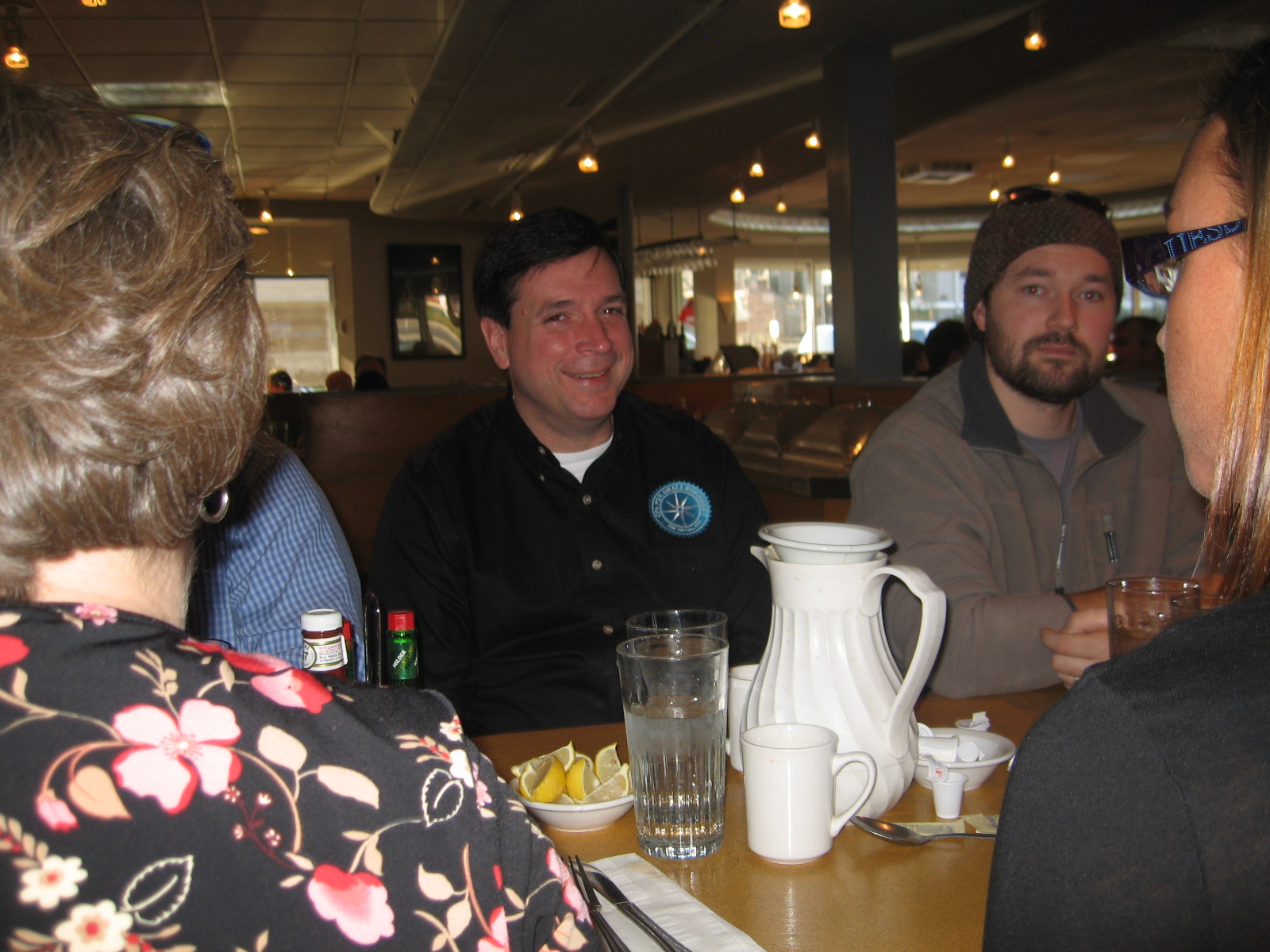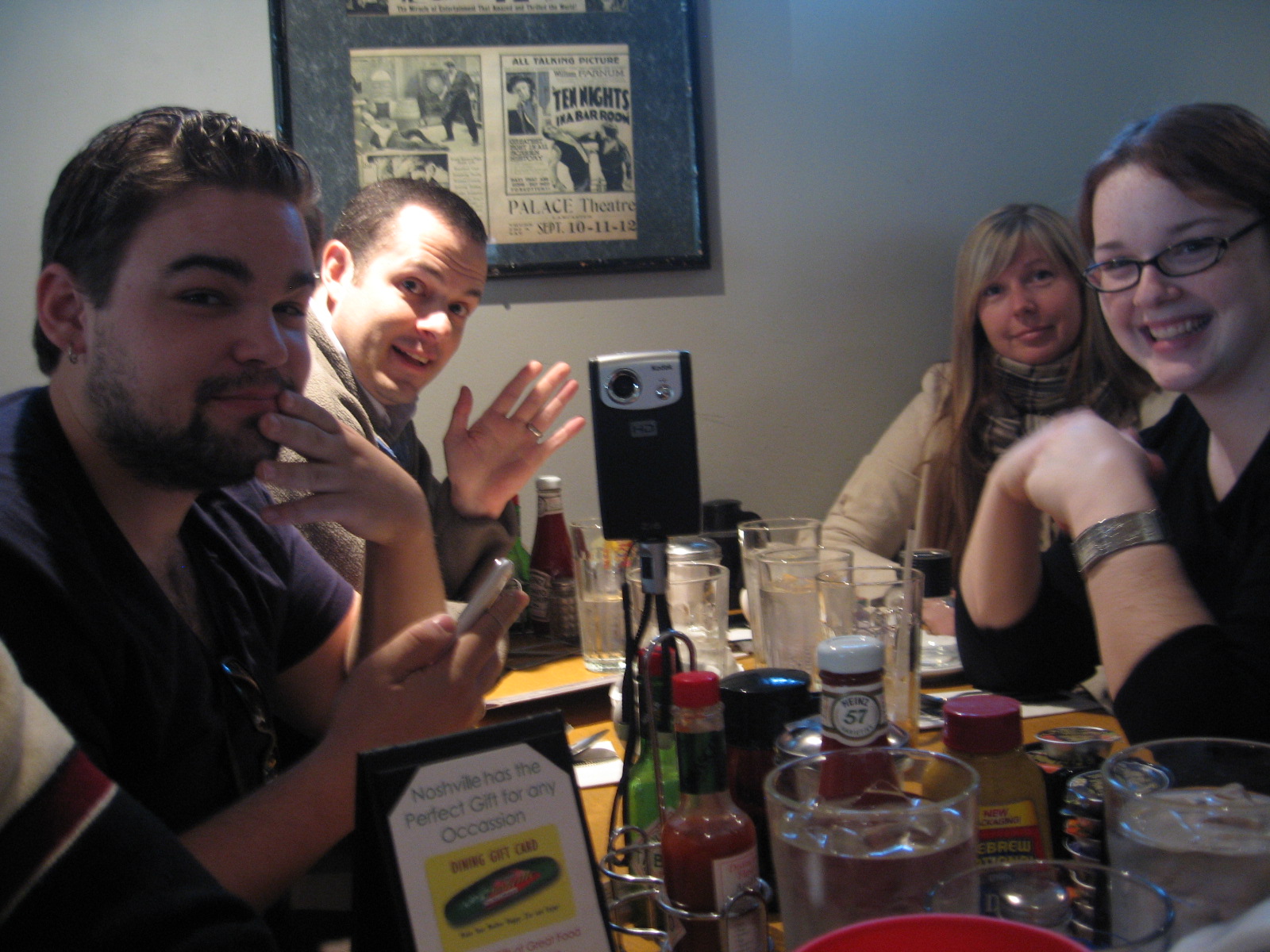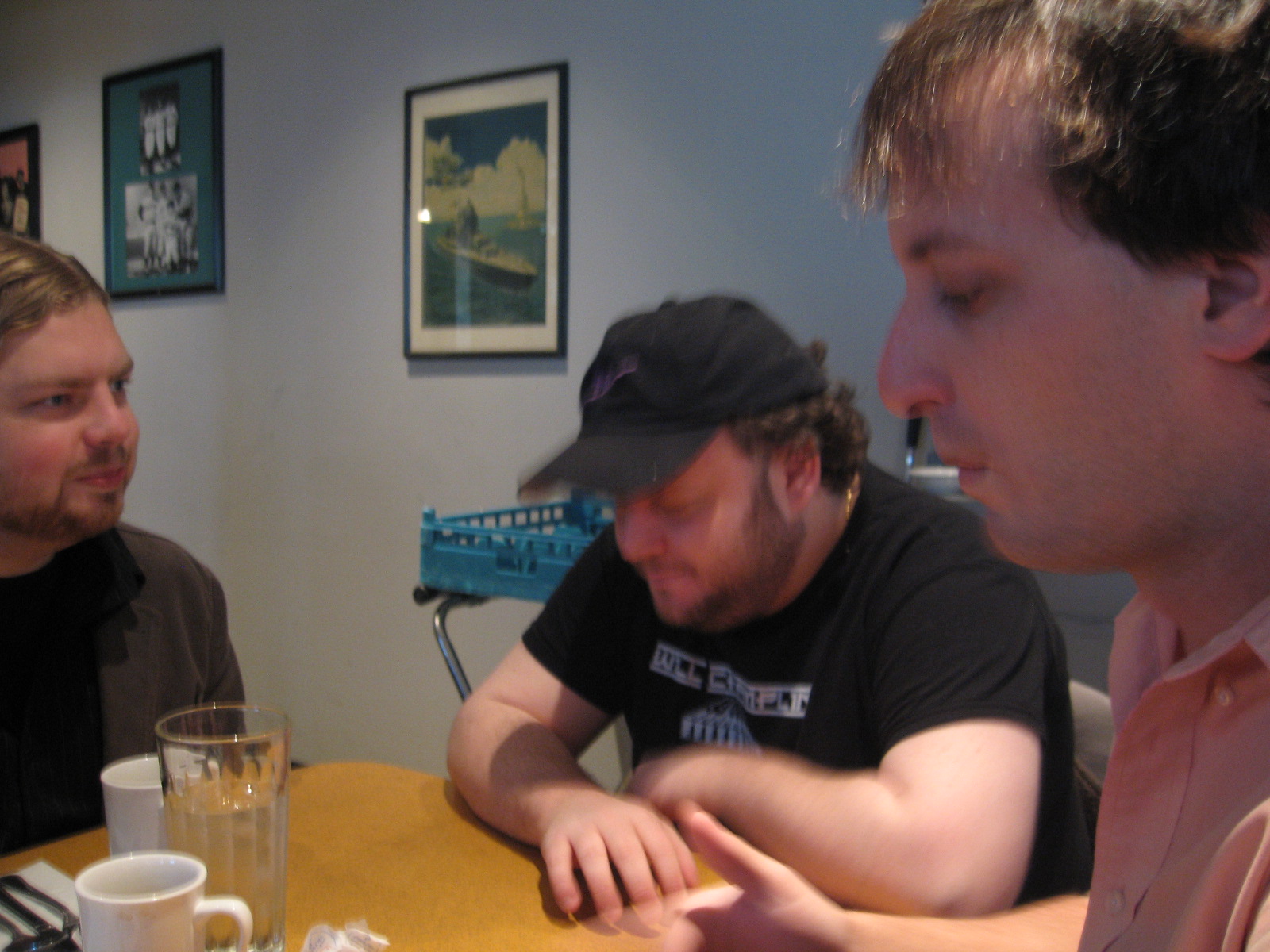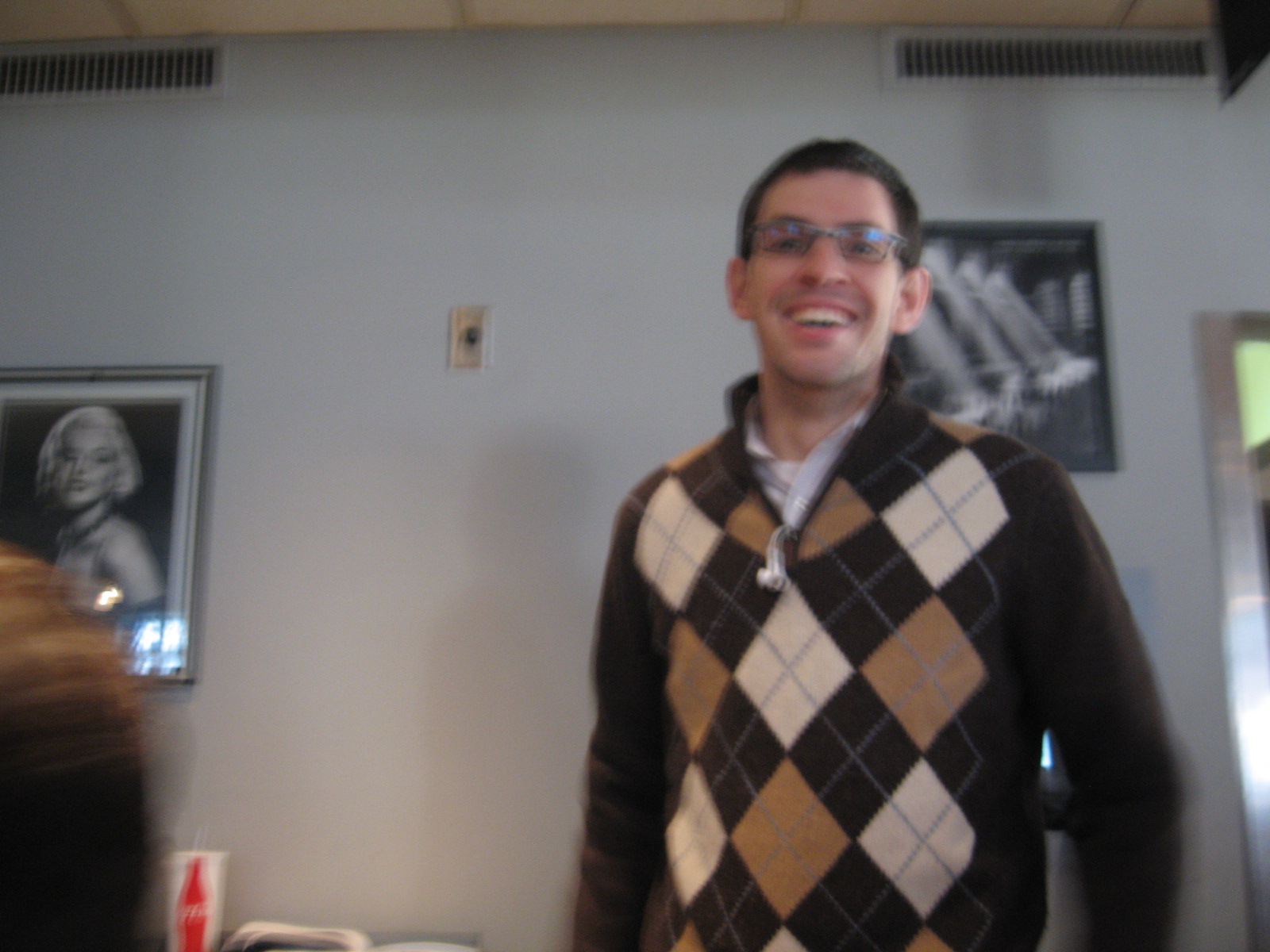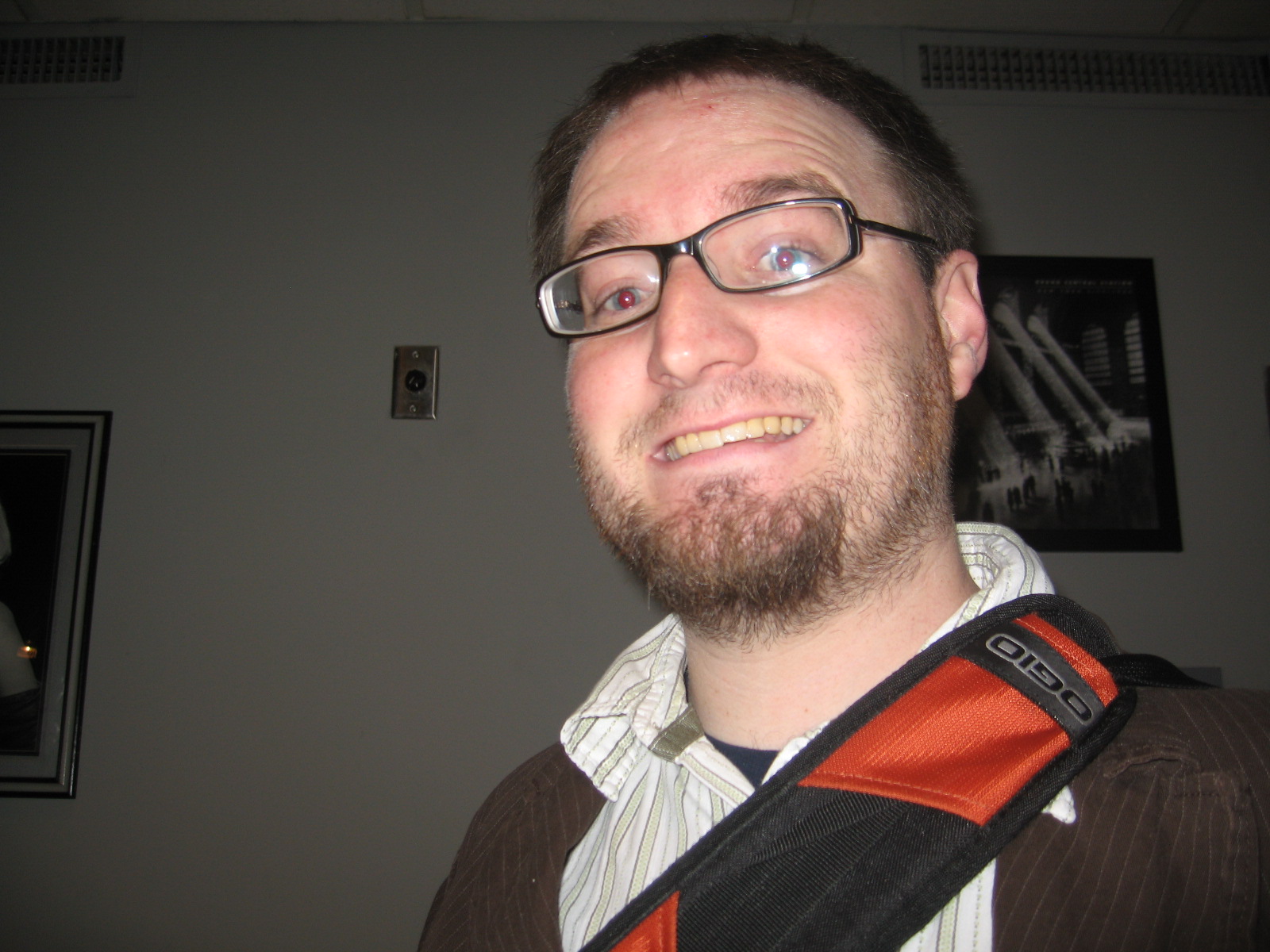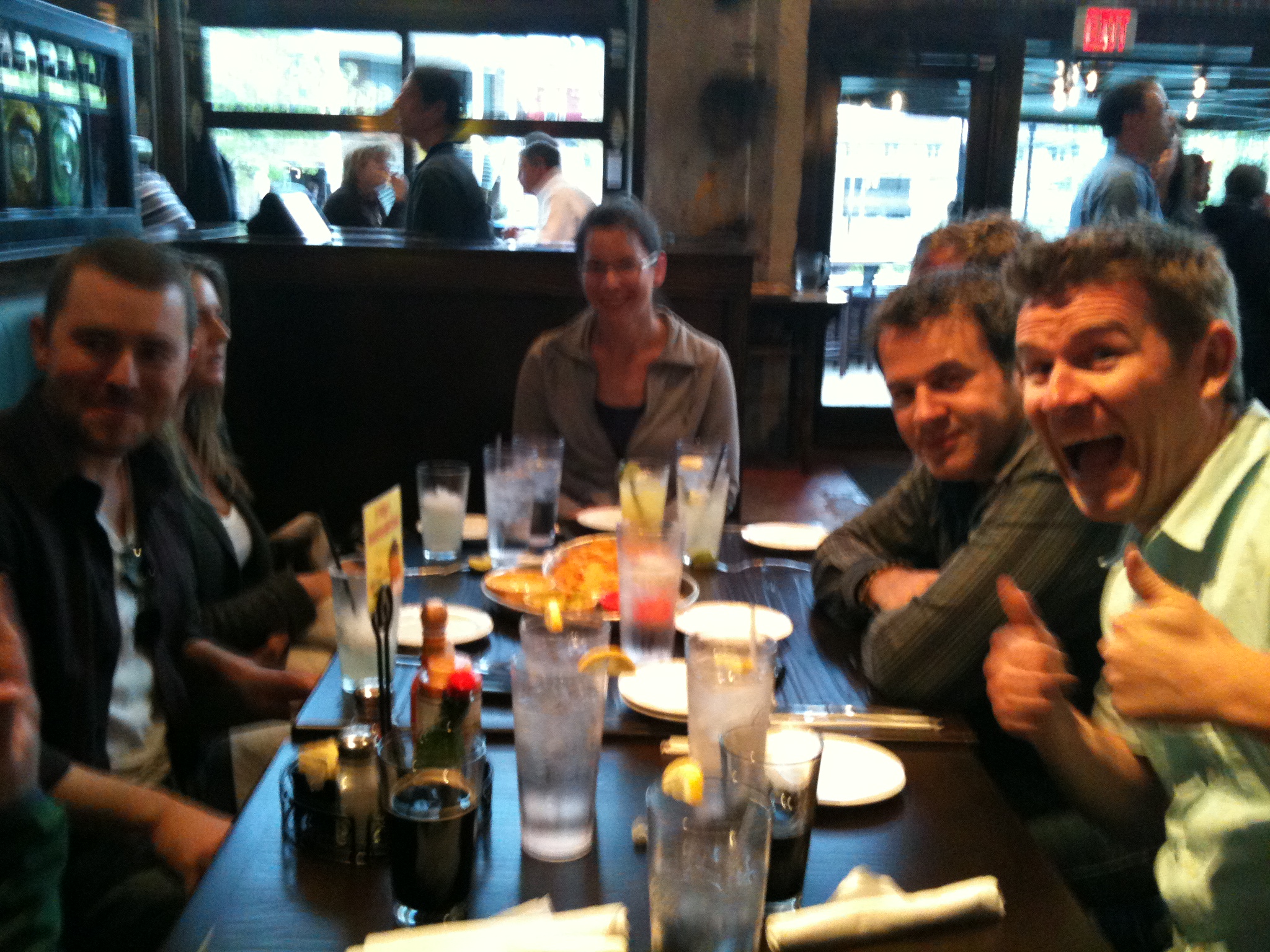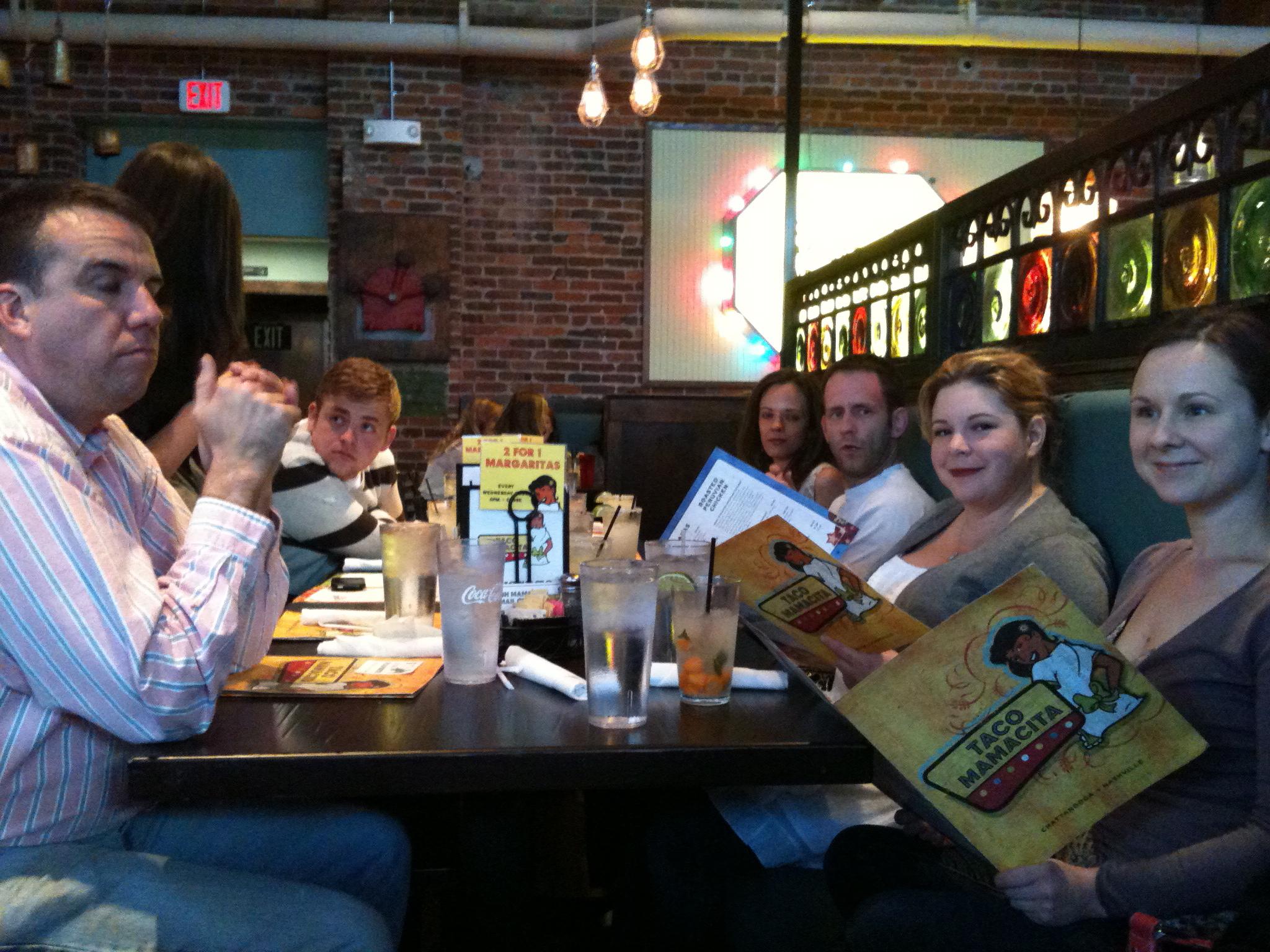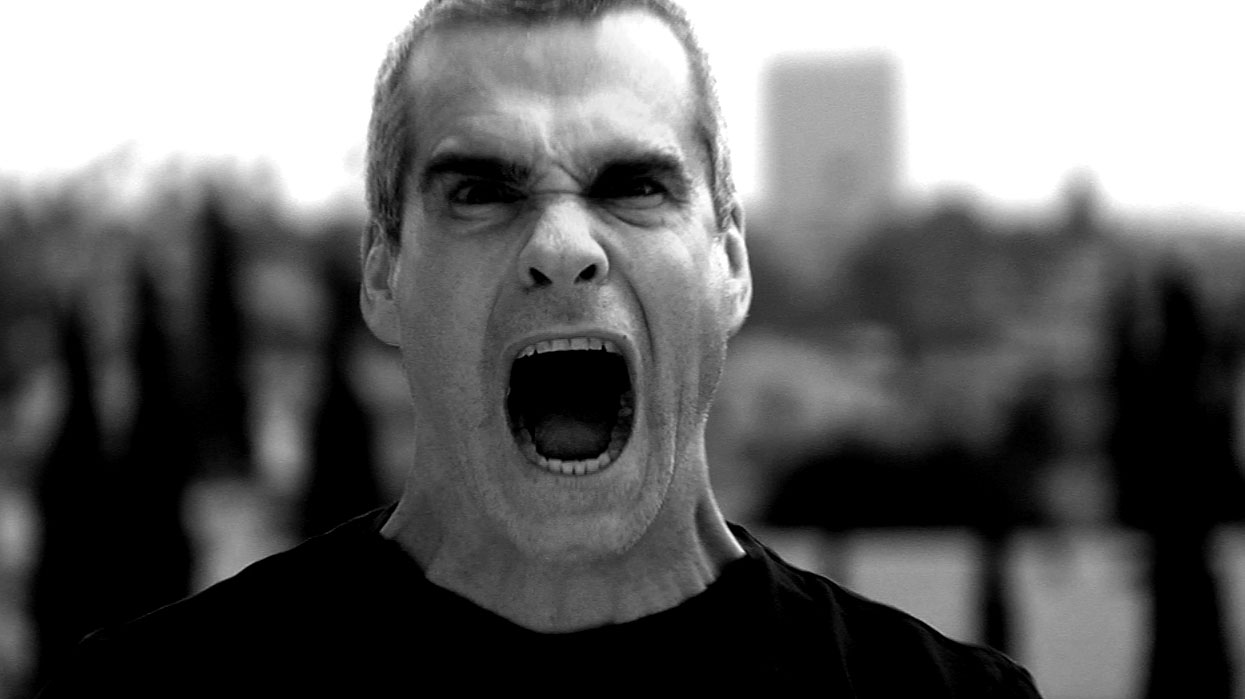I’m writing the next sentences in my best Julia Child voice... Combine a large pot of stellar speaking skills with several dollops of branding and marketing smarts. Mix a fresh bunch of humor, several cups of creativity, sprigs of kindness. Add these ingredients together, bake, and voilà - Ron Tite!
Ron is the president and CEO of Church + State, a creative agency in Toronto. He is also the author of the new book, Think. Do. Say. How to seize attention and build trust in a busy, busy world. I loved it!
I’ve been lucky enough to spend time with Ron over the last several years. We both belong to a speaker mastermind group called Speak & Spill. Ron has also graciously shared ideas and feedback with me. He’s a solid fellow, but let’s get back to that book.
The following are my takeaways from Think. Do. Say. I highly recommend you pick up a copy for yourself if you work with an agency or marketing firm. The book is full of case studies and examples of how we can improve everything we do by focusing on our beliefs, actions, and communication.
Key Takeaways from Think Do Say
Three pillars of great organizations know:
What they think
What they do
What they say
Your clients don’t know where to look and they don’t know who to trust.
Move from being product-focused to purpose-focused.
Believing isn’t enough. You have to act to reinforce your beliefs.
What you do immediately following an integrity gap will say more about your character than what you did before.
Believe in something more important than your bottom line.
Answer the following questions
What’s your essential do?
Who do you do it for?
What do they want you to do?
Who do you do it with?
It’s easier to come up with a revolutionary idea to topple the establishment when you’re not a part of it.
Want people to look in your direction? Start solving their real problems before someone else does.
The first step to innovation is improving the efficiency of what you already do.
Honesty and transparency lead to trust. And trust leads to momentum.
True authenticity is being comfortable with your imperfections.
Something we’ve never seen before will get our attention.
I wanted to close this blog post with a Julia Child quote (there’s even one in the book). I found the perfect one that sums up Ron and his work, “Find something you're passionate about and keep tremendously interested in it.”
One last Julia Child quote because I couldn’t resist, “A party without cake is just a meeting.”
Now go order your copy of Think. Do. Say. You will be glad you did.










